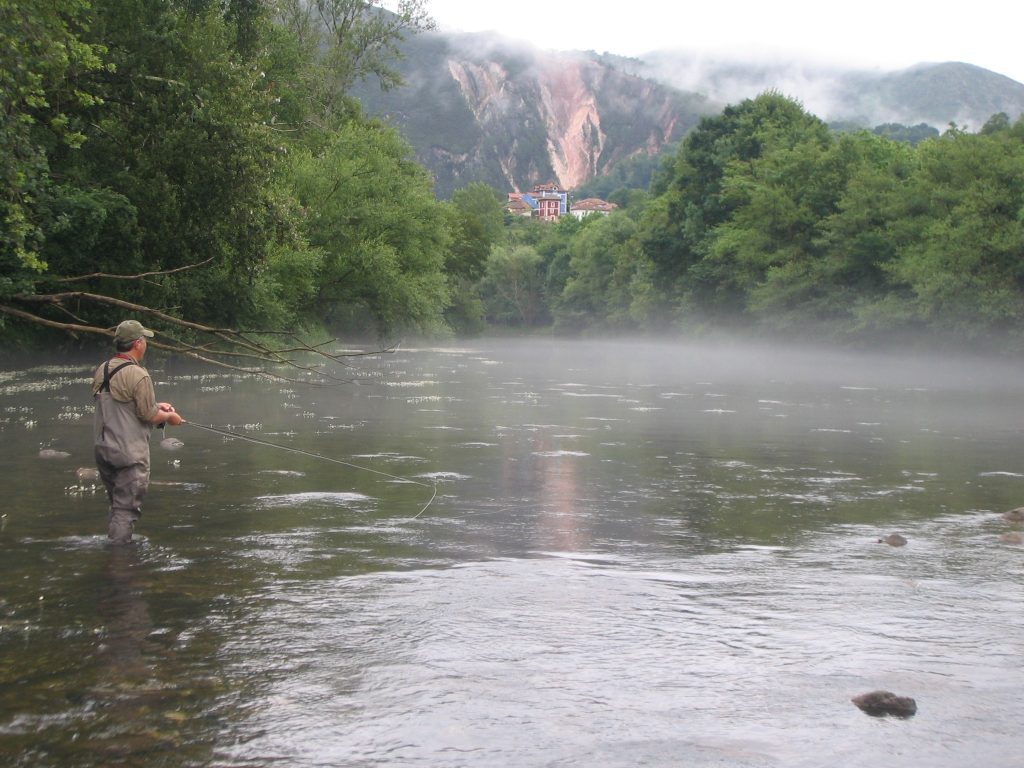
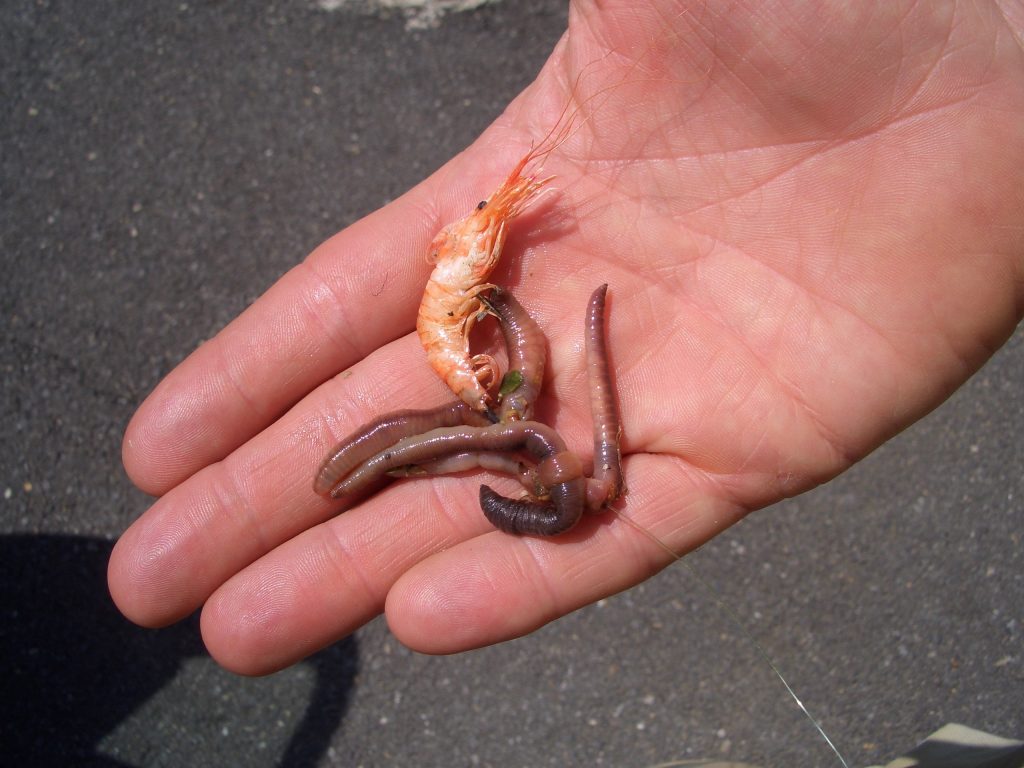
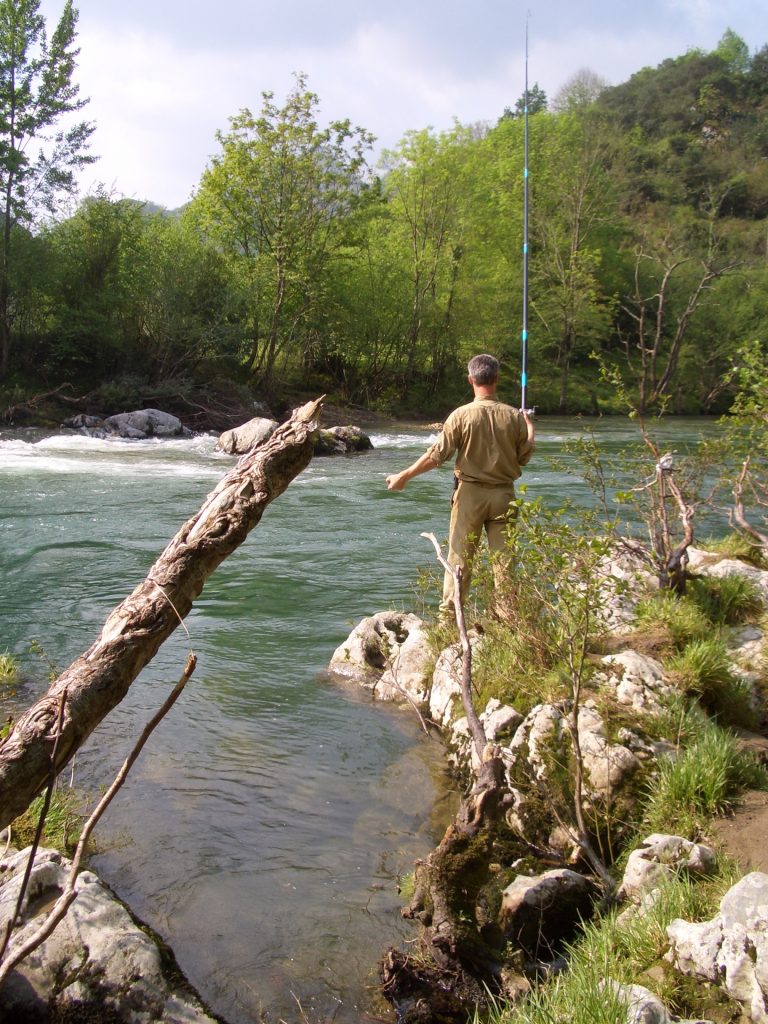
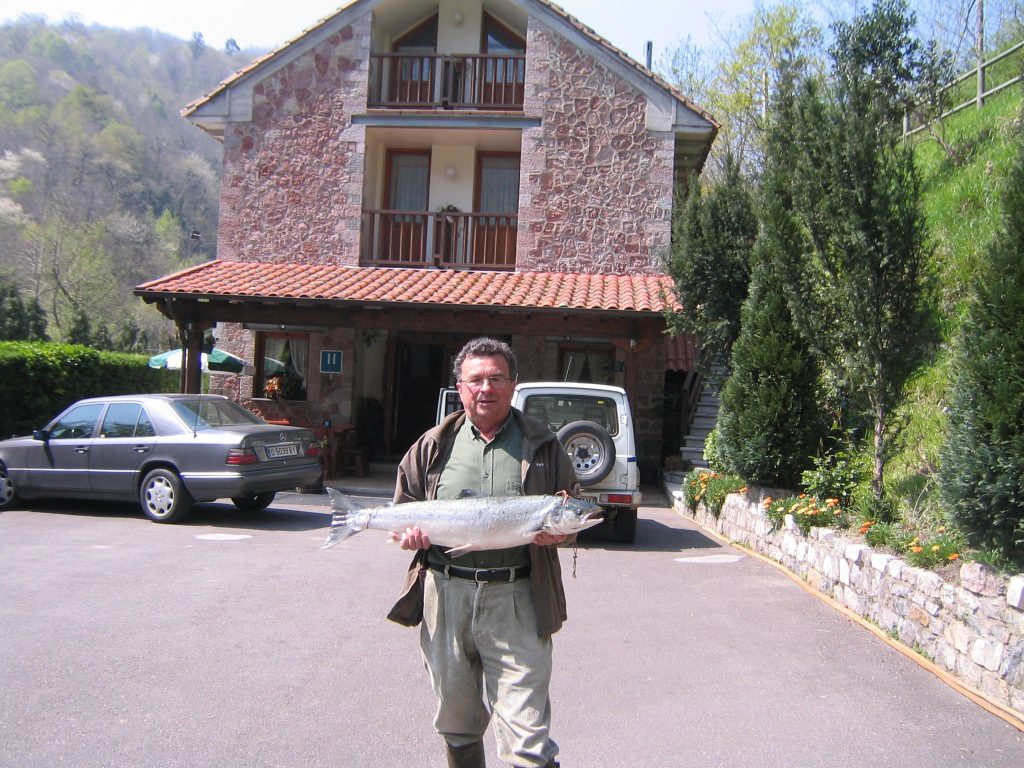
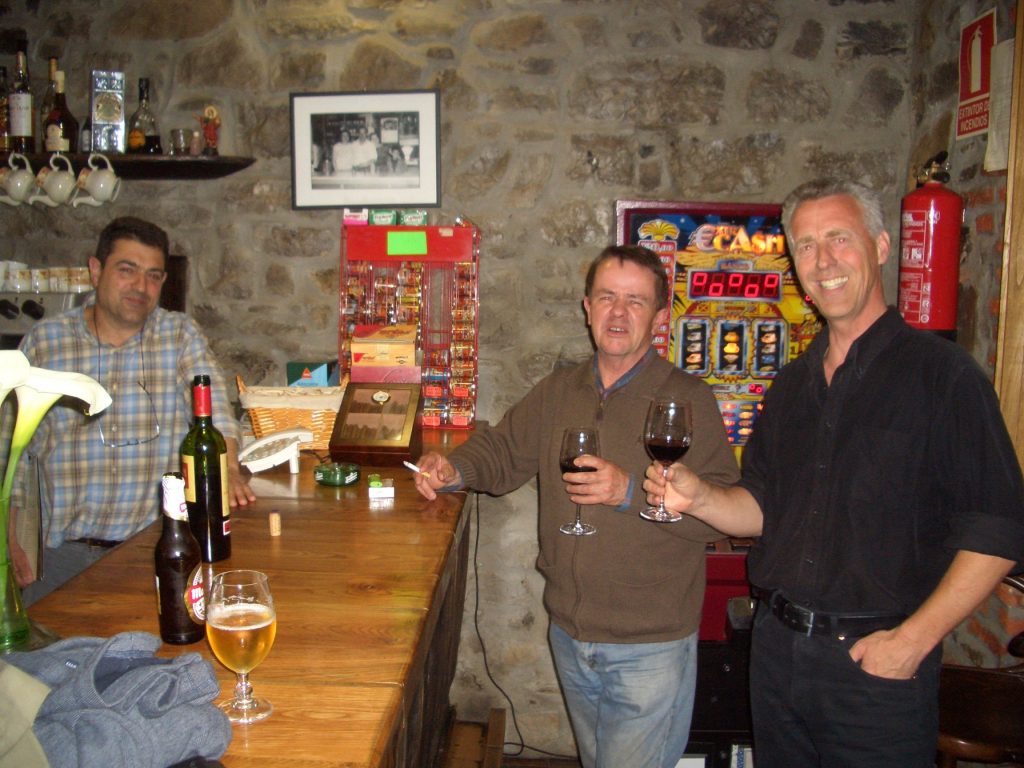
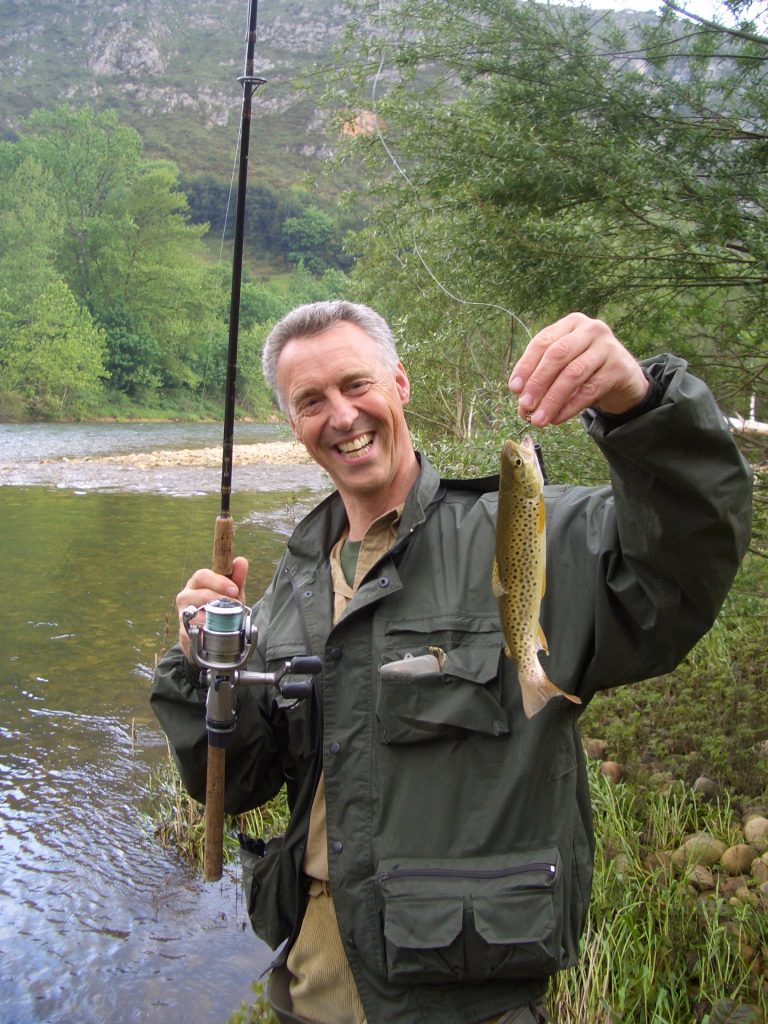
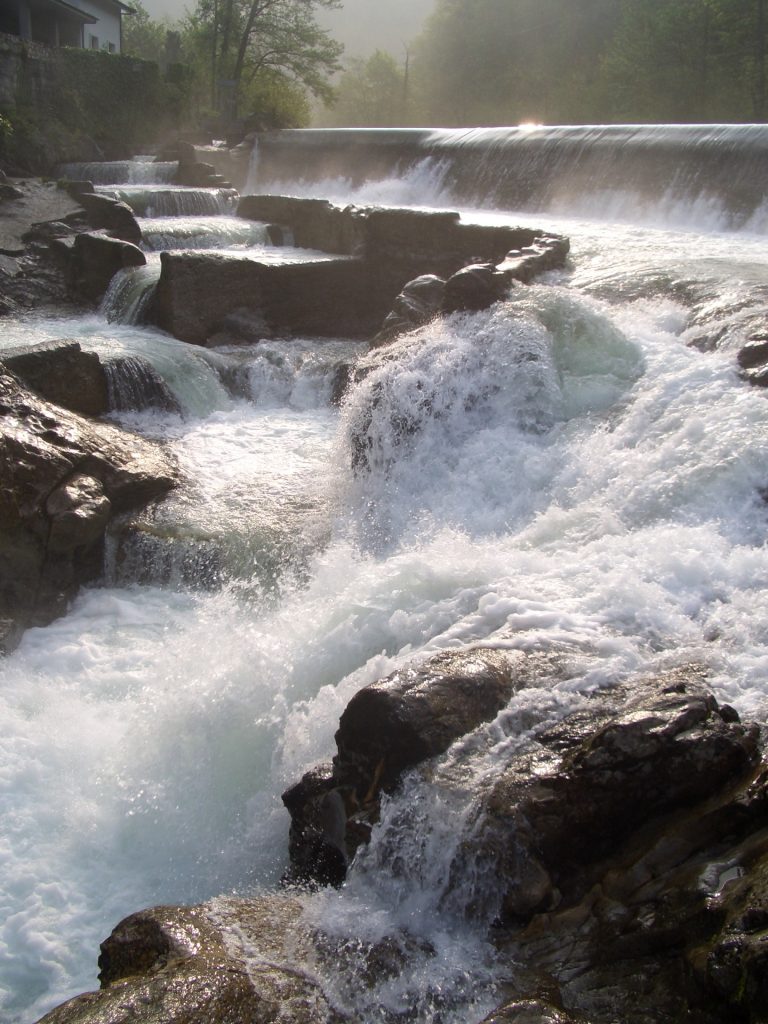
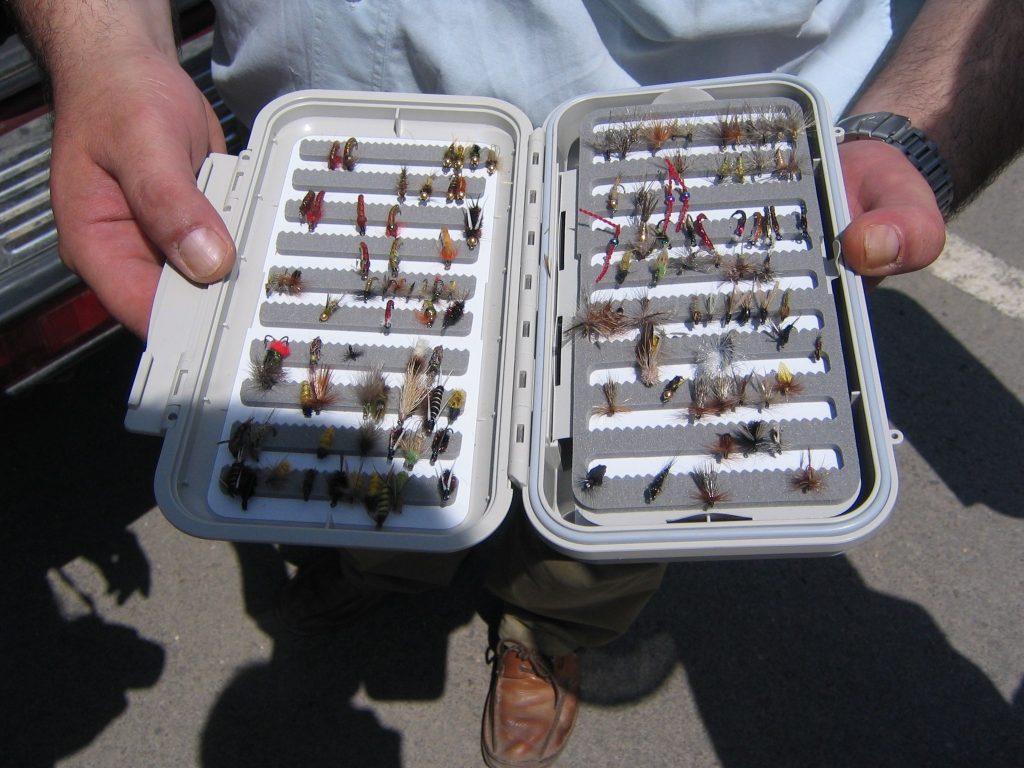
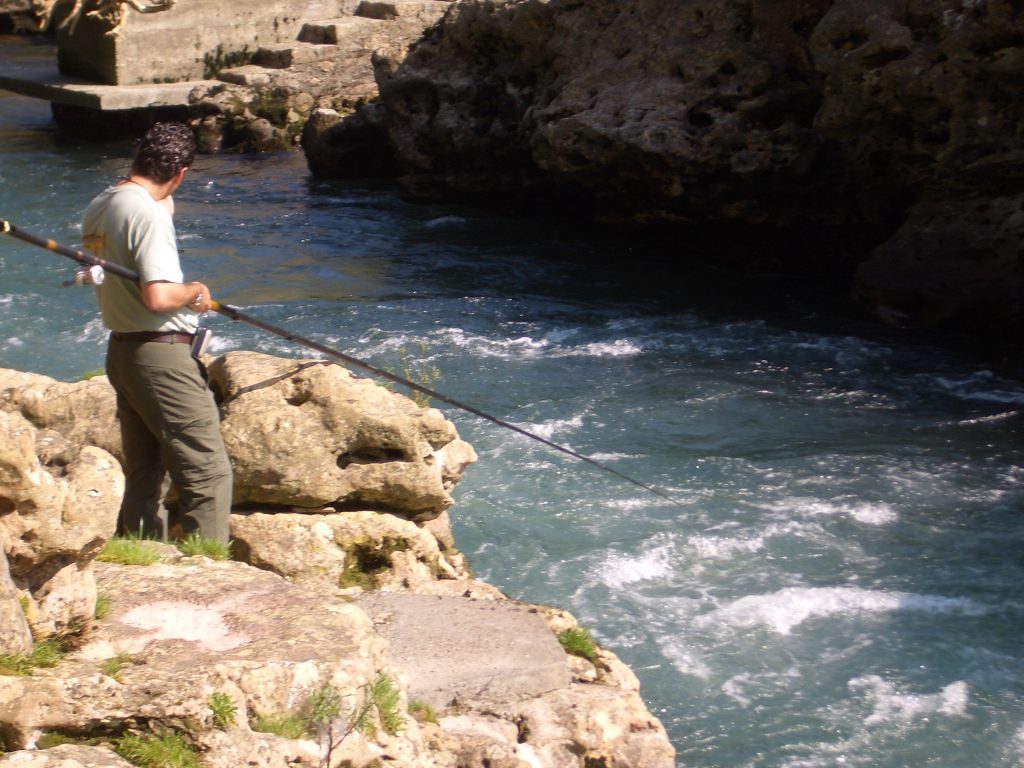
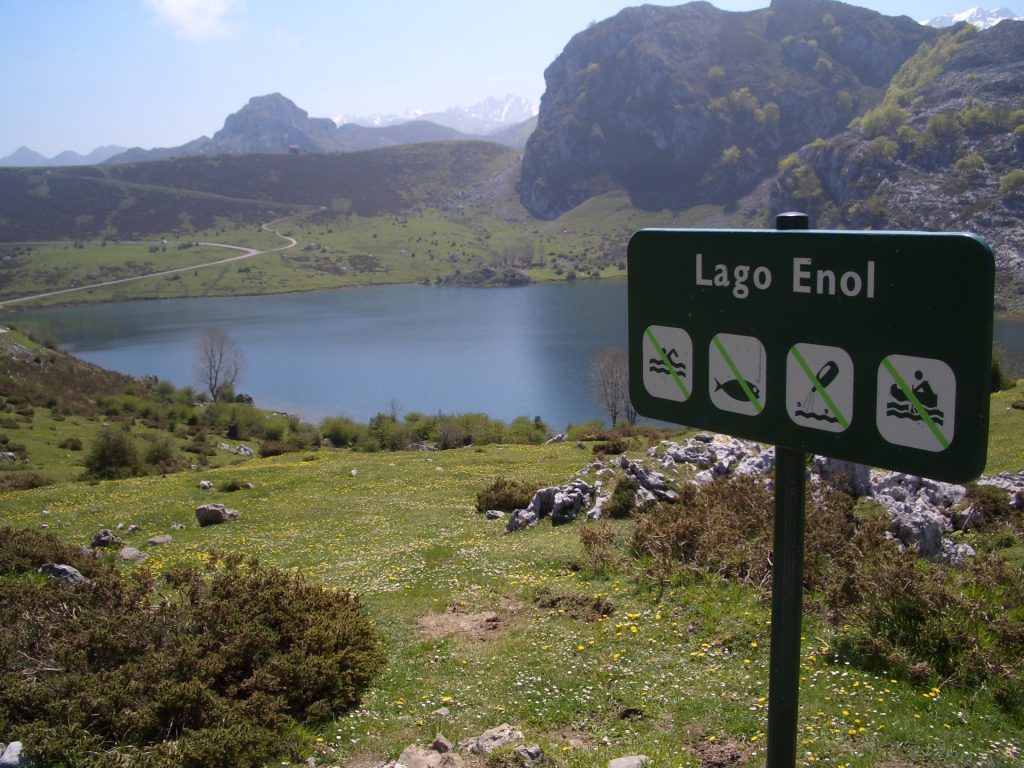










Consider this, if you were in the market for a high speed, five door family car with the sound of a supercharger you’d be in the market for a German something.
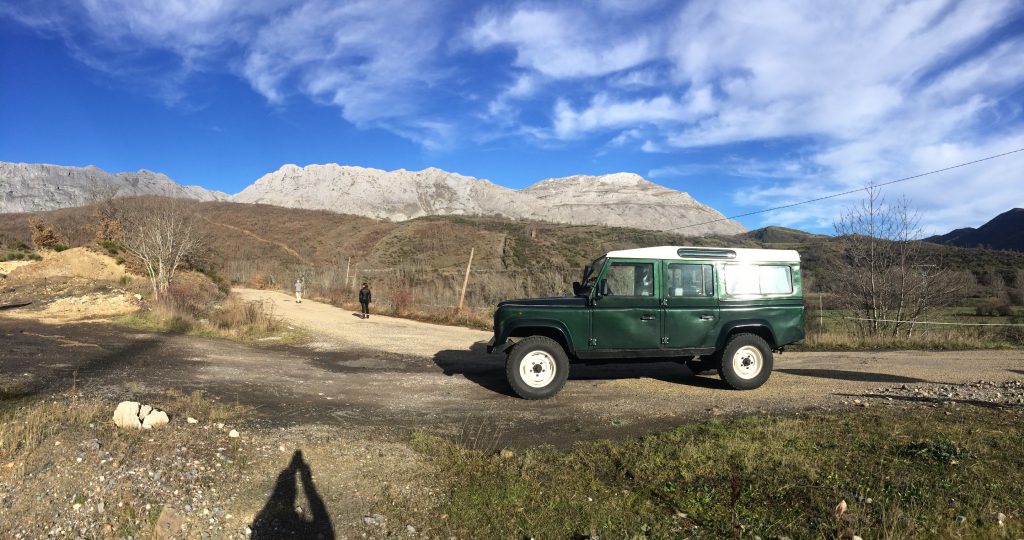
But that wouldn’t be as much fun as a Land Rover Defender, not the perfect saloon; but what if you’re after a vehicle that will take four adults and a capacious fridge 3′500 miles around Spain on some of its roughest roads, goes up hills (we got lost quite a bit but usually found our way down in time for lunch), picks up 300 kilos of oranges (for no apparent reason therefore bad) and 70 bottles of Ribera wine (for a better reason, to consume on the first weekend home)?
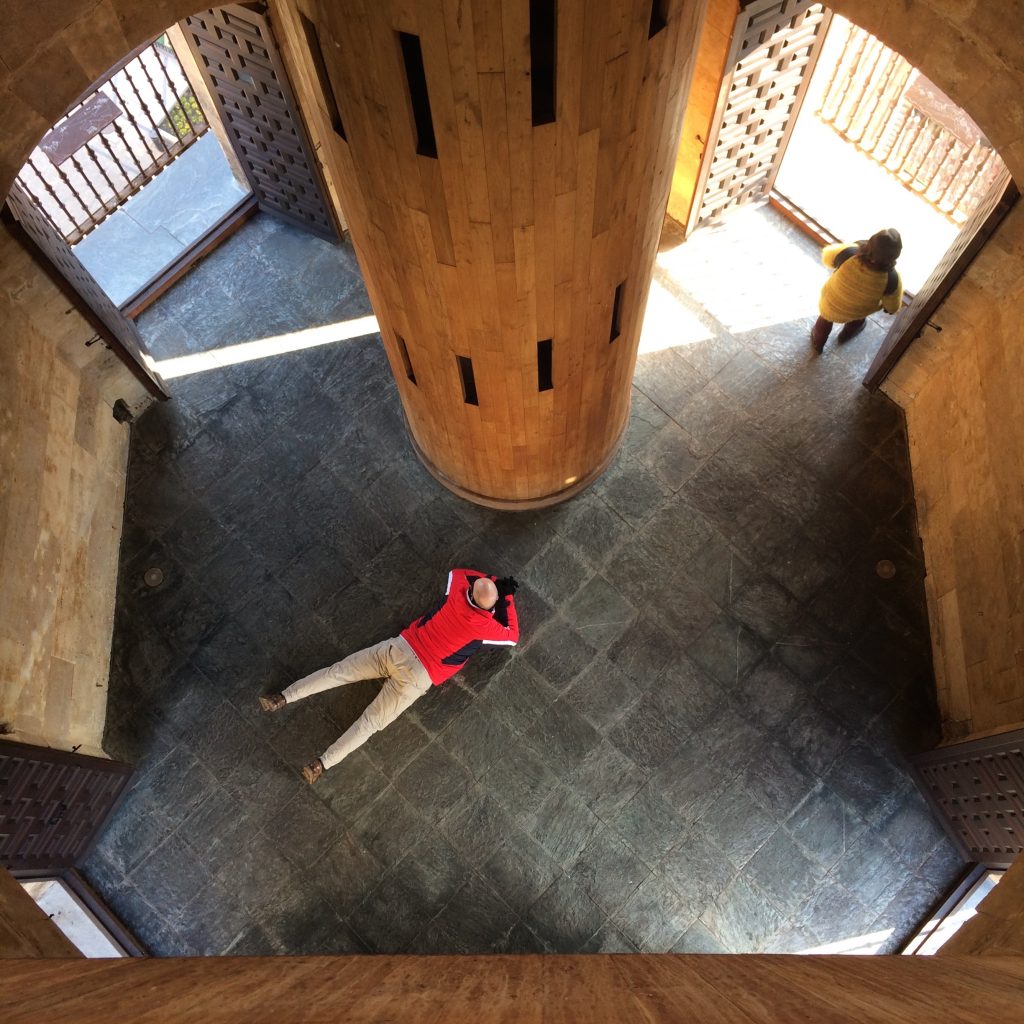
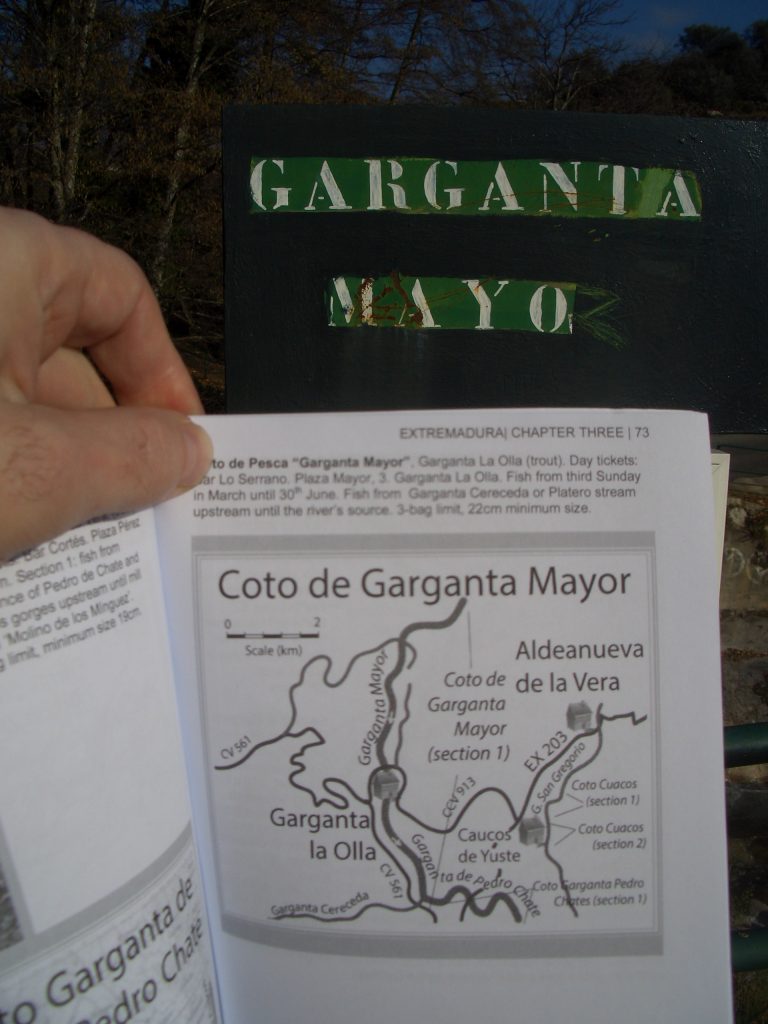
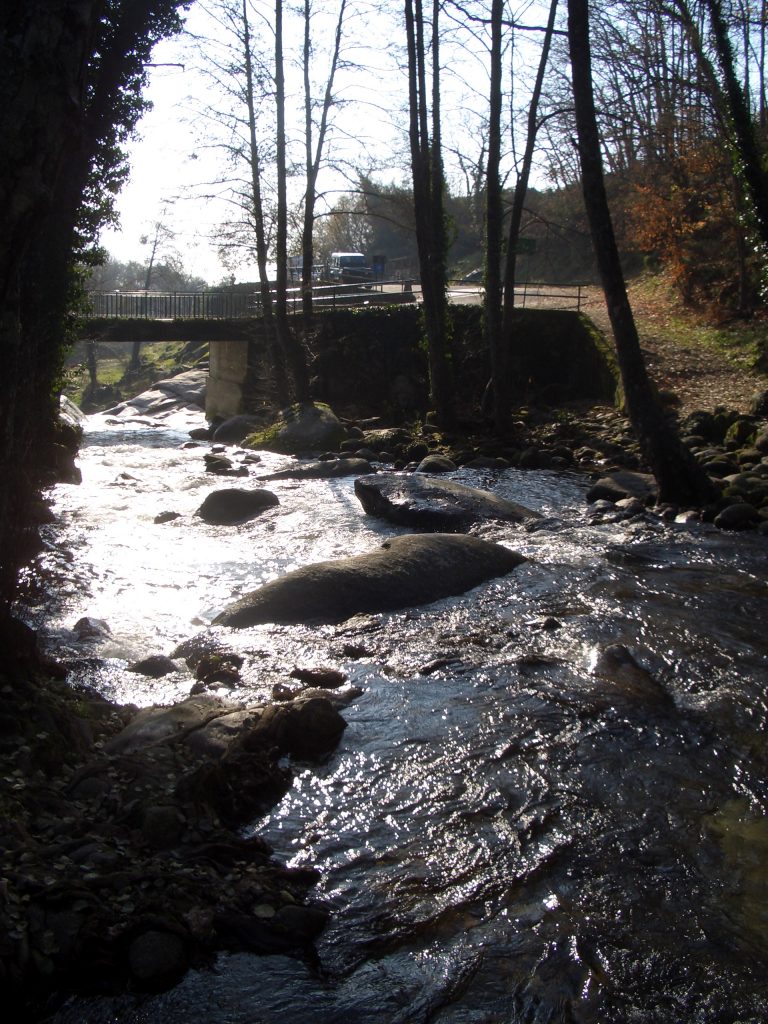
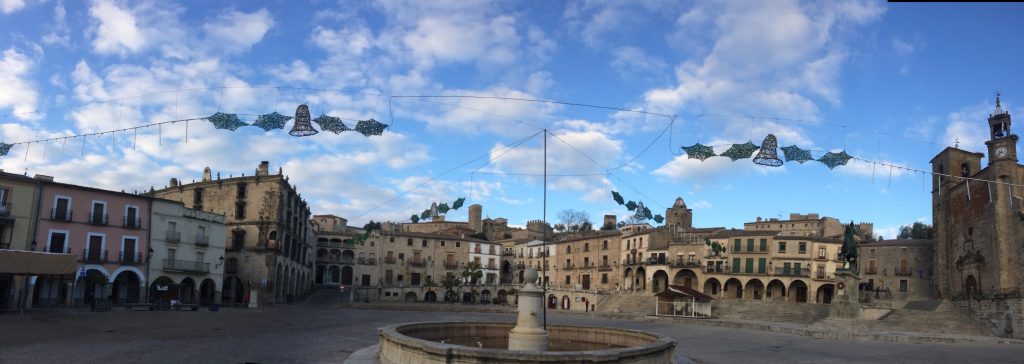
Our preplanned route allowed for spontaneous changes – dependent on our non-map reading abilities.
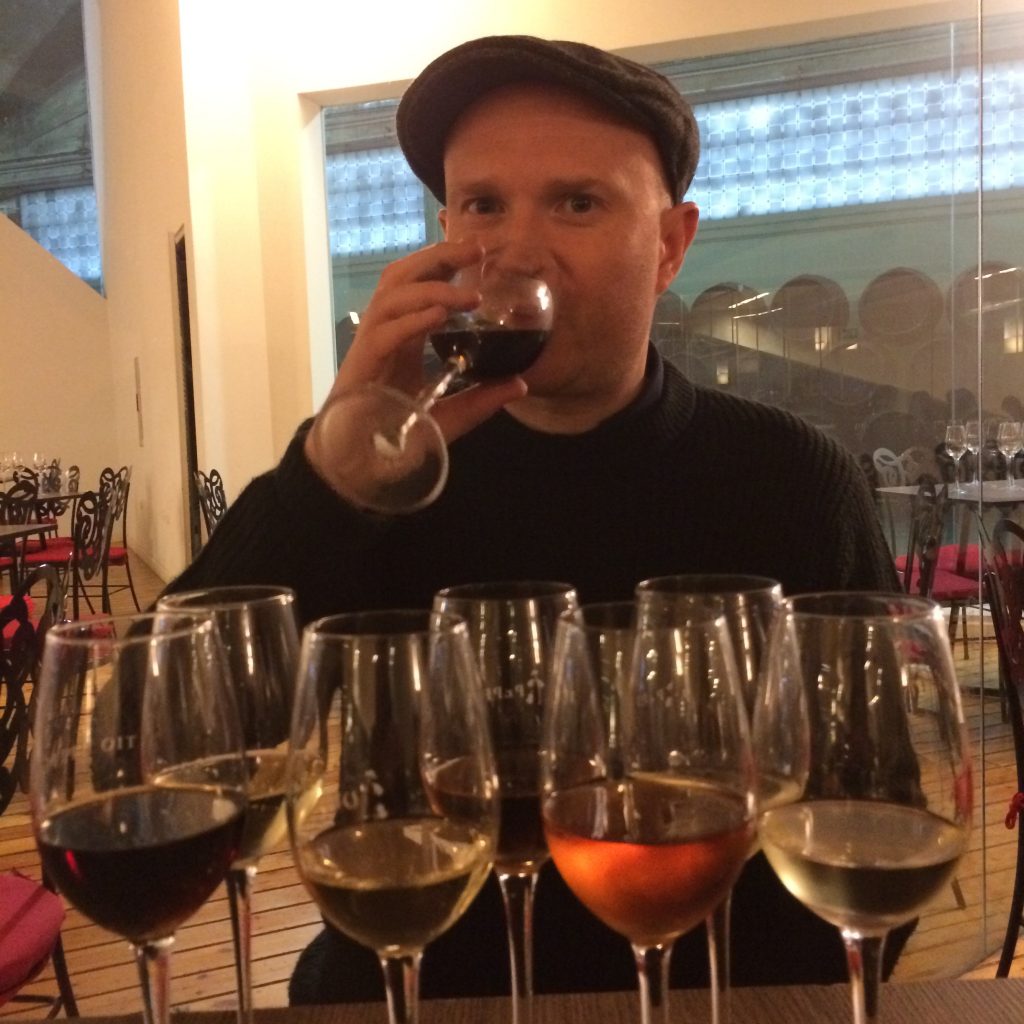
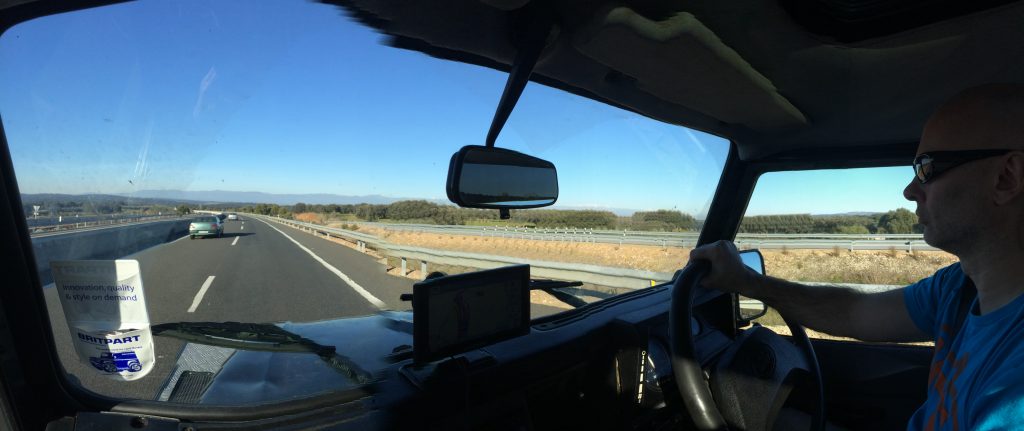
The German car would go faster – yes, but you’d probably miss half of the brilliant views (driving at a comfortable speed through Spain) and arrive days ahead and unannounced.
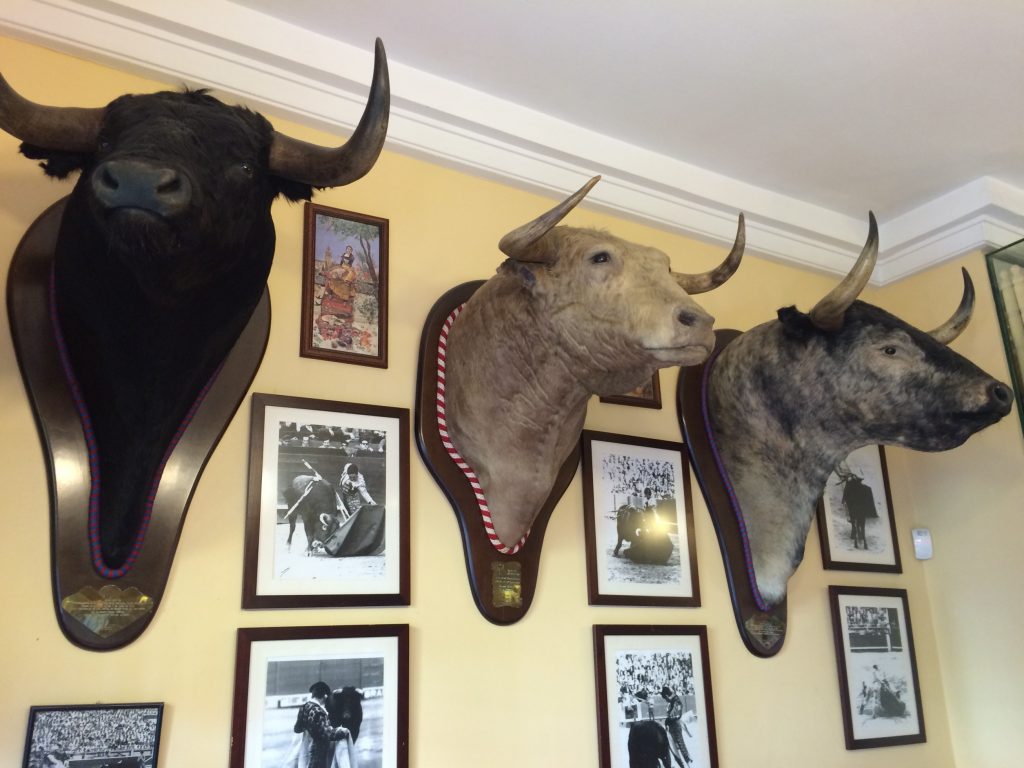
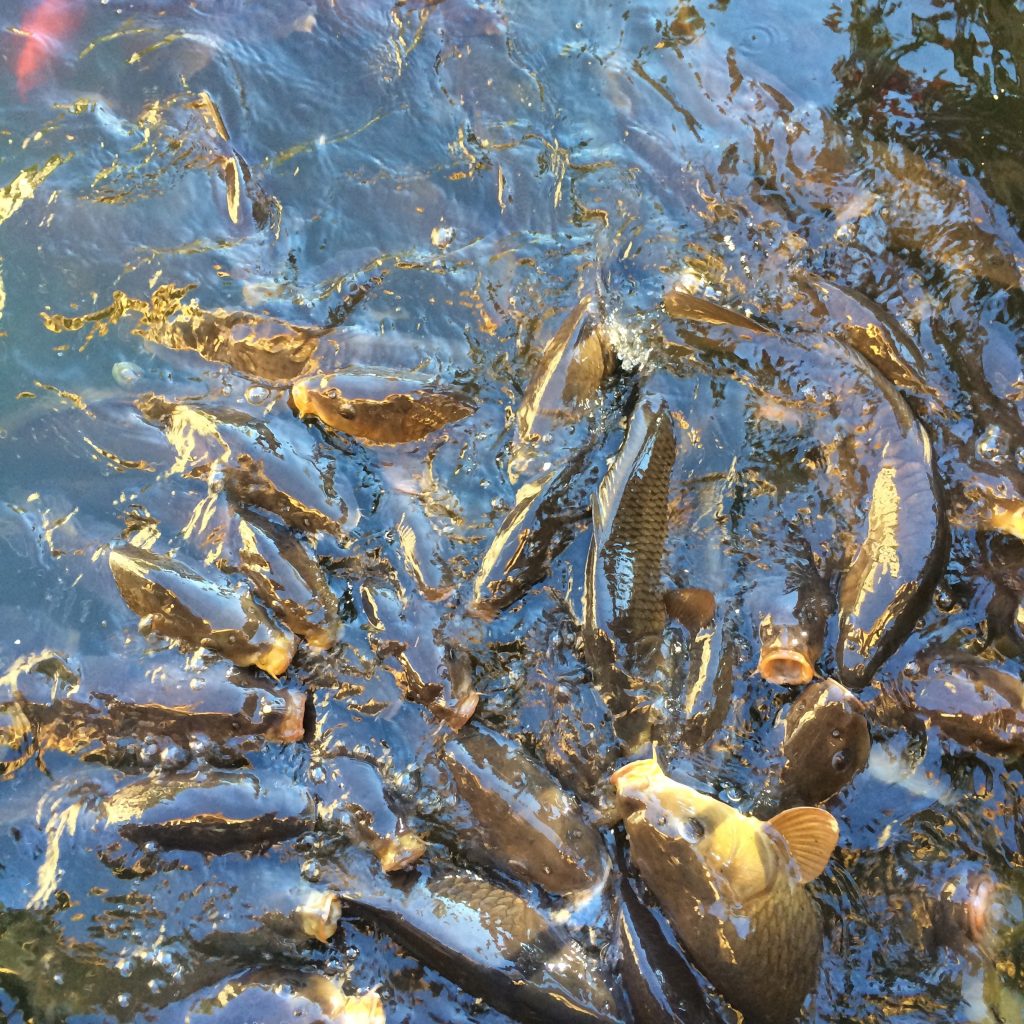
New Year’s Day we left Seville for Segovia
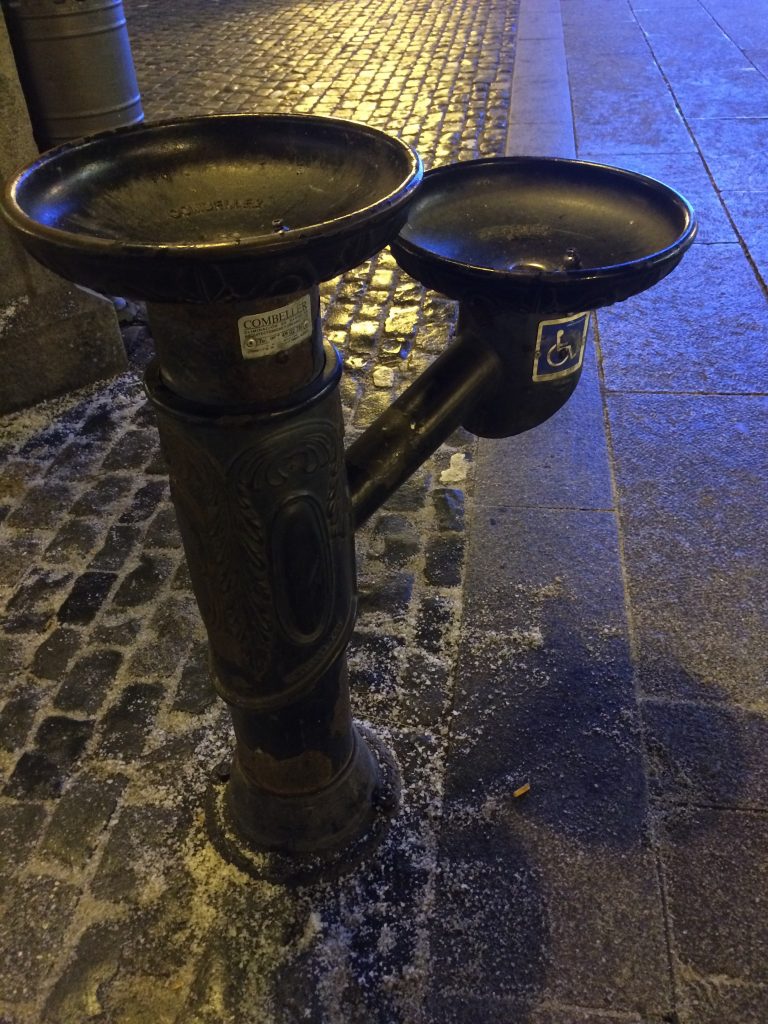
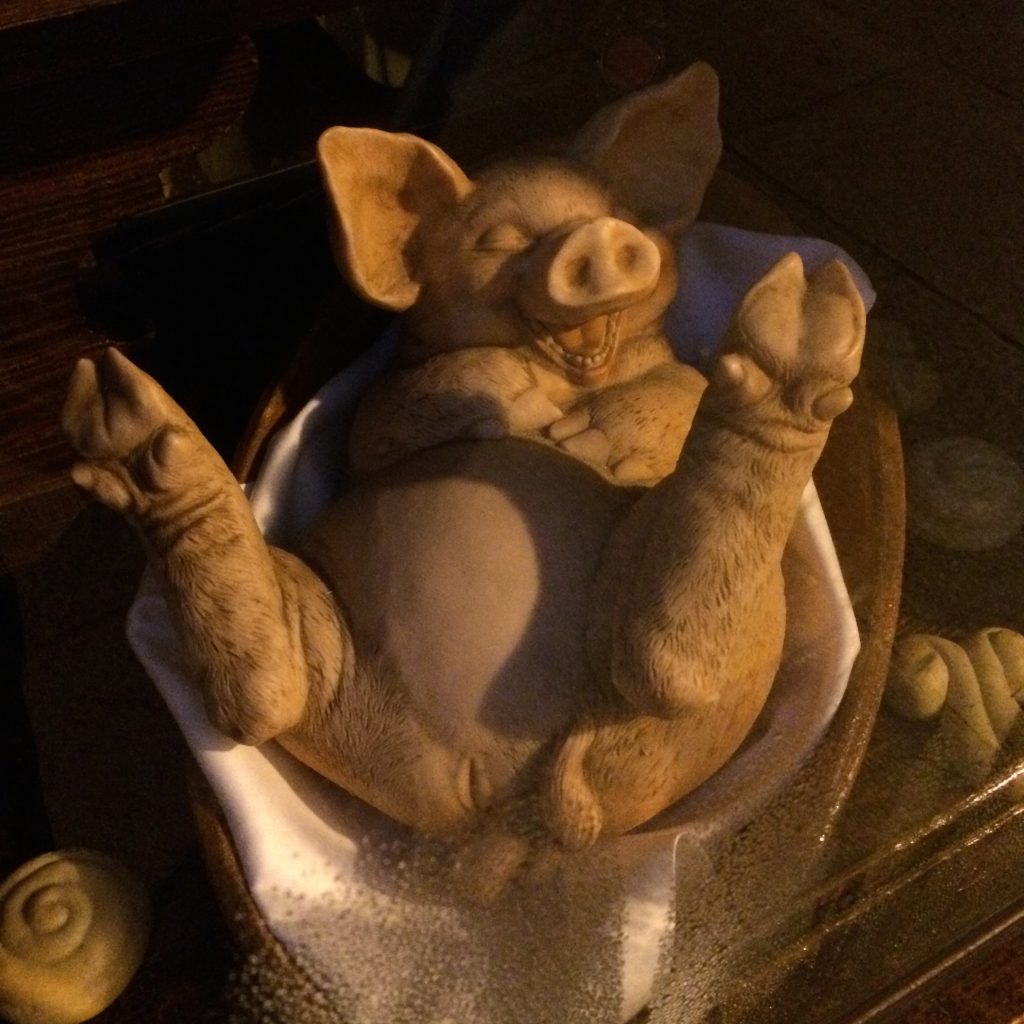
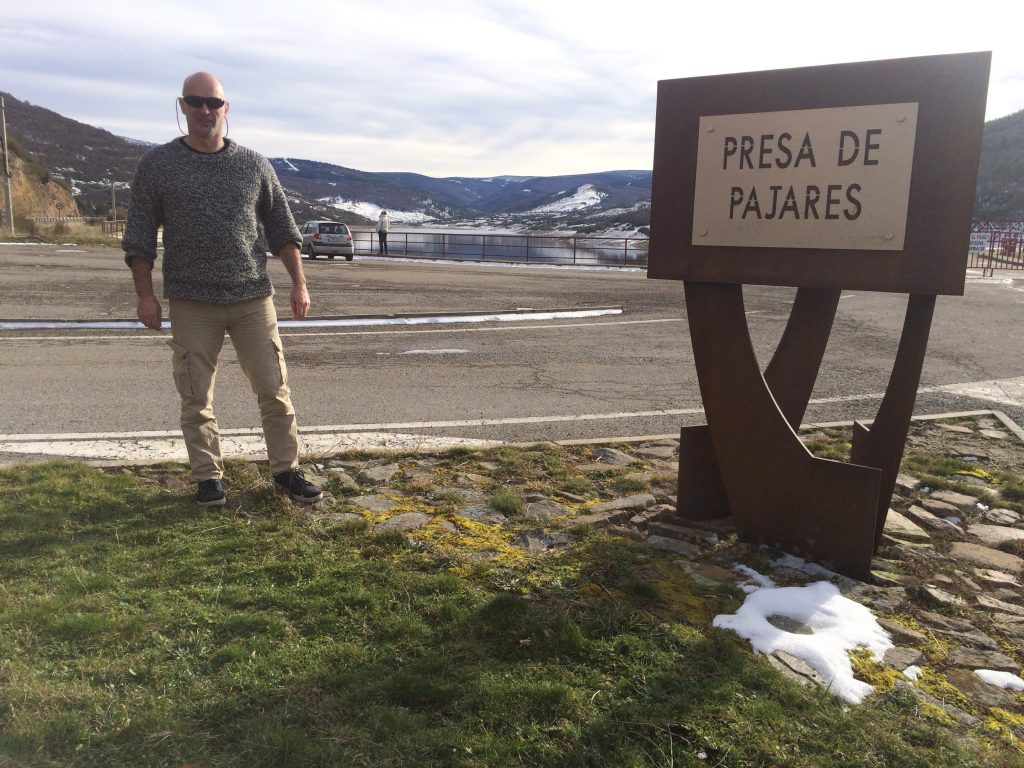
From Segovia we drove over mountains, via Soria and Logrono to Pamplona.
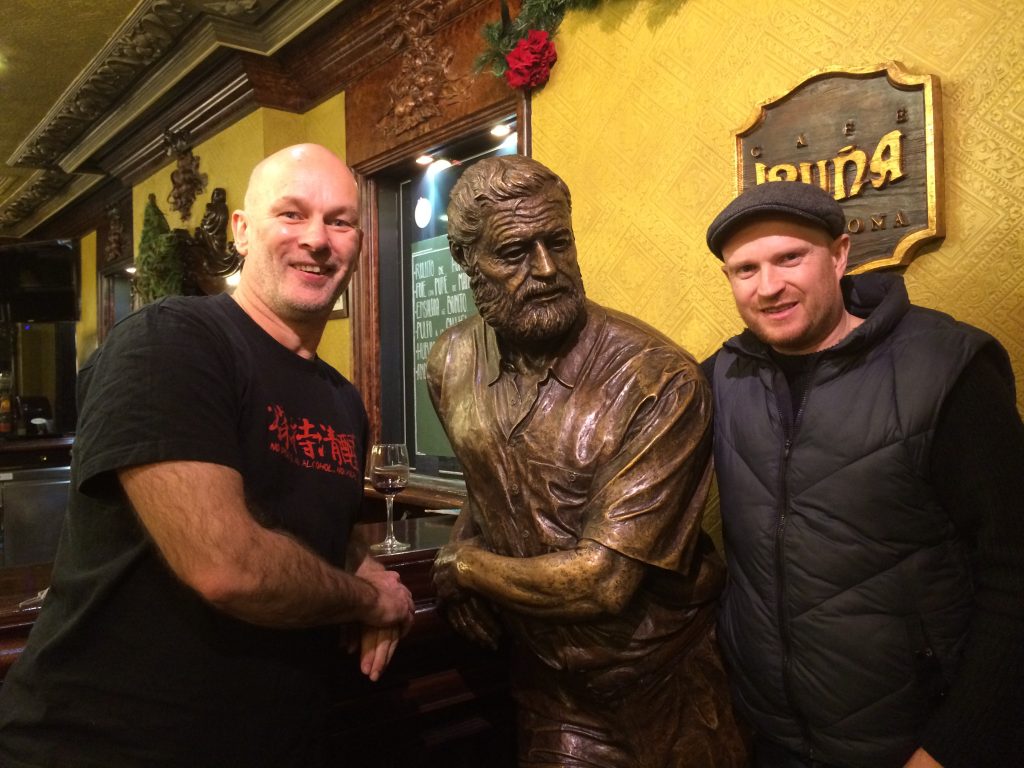
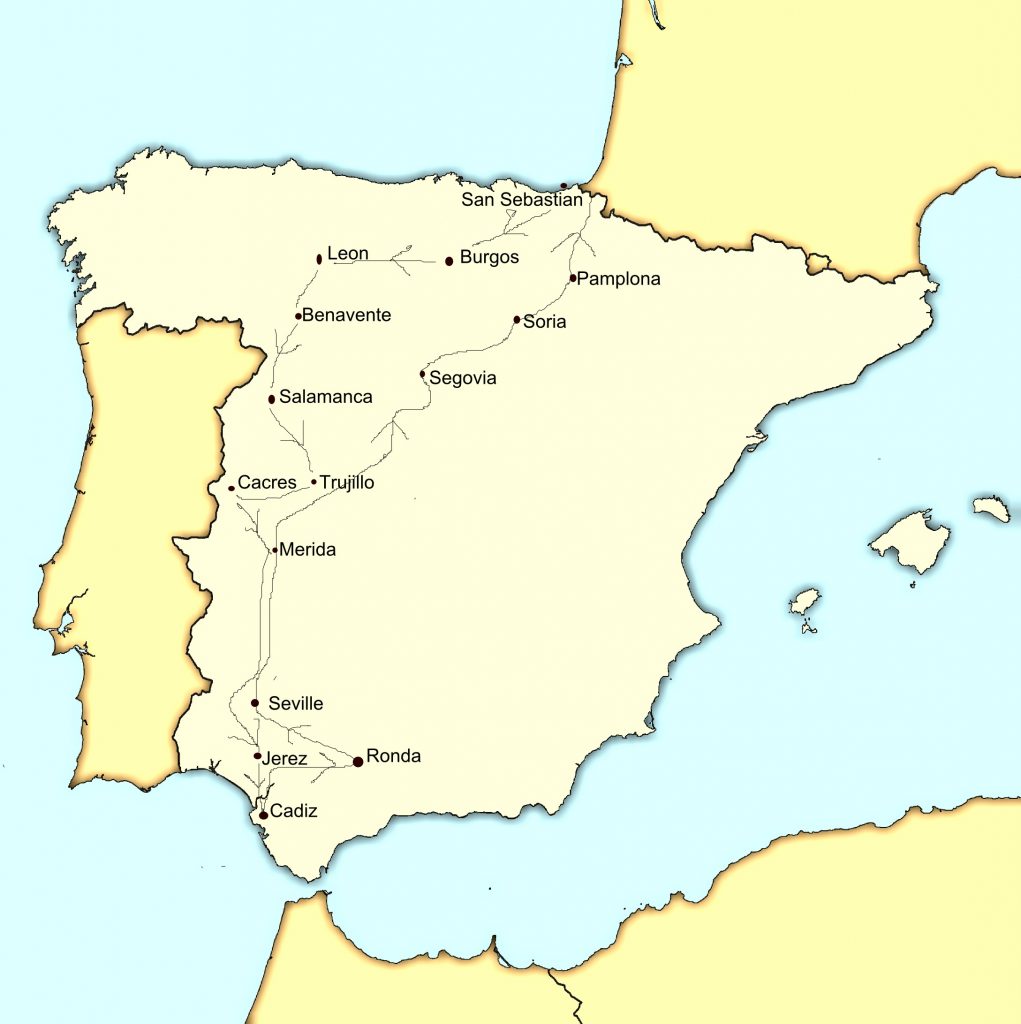
For information about fishing guide books, covering Spain, Portugal and France click here: www.spainfishing.com
León city is found 837 metres (2,746 ft) above sea level in northern central Spain. It takes less than forty minutes by car or public bus to ascend to the finest brown trout fisheries located just a little higher up in the Cordillera.
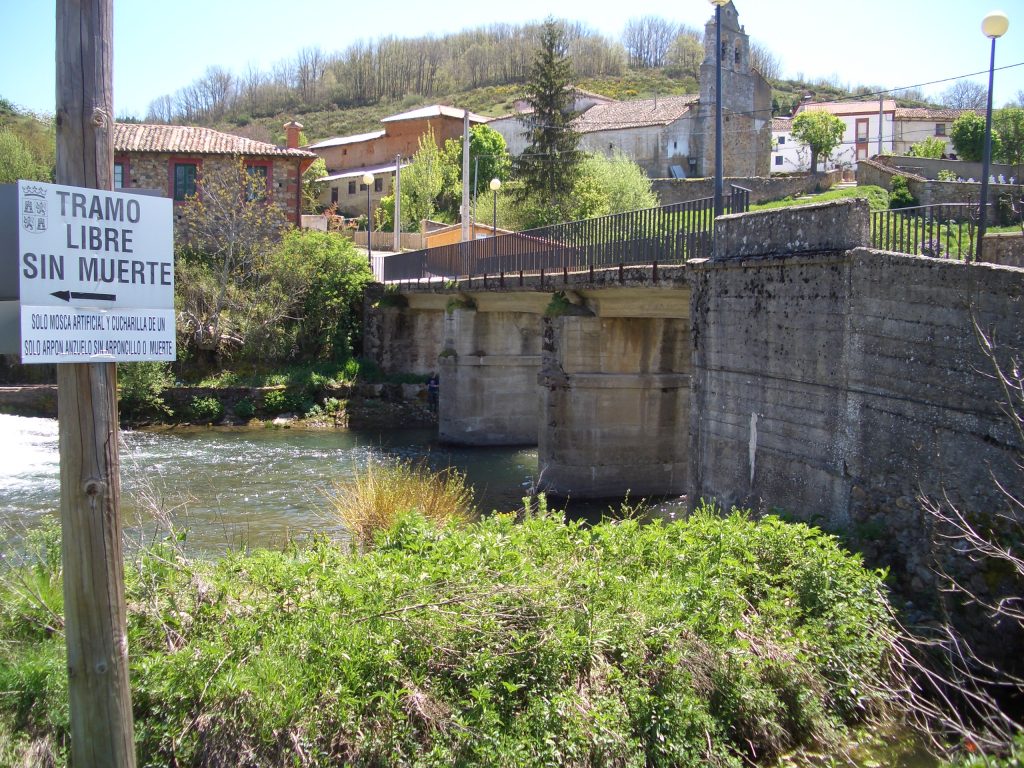
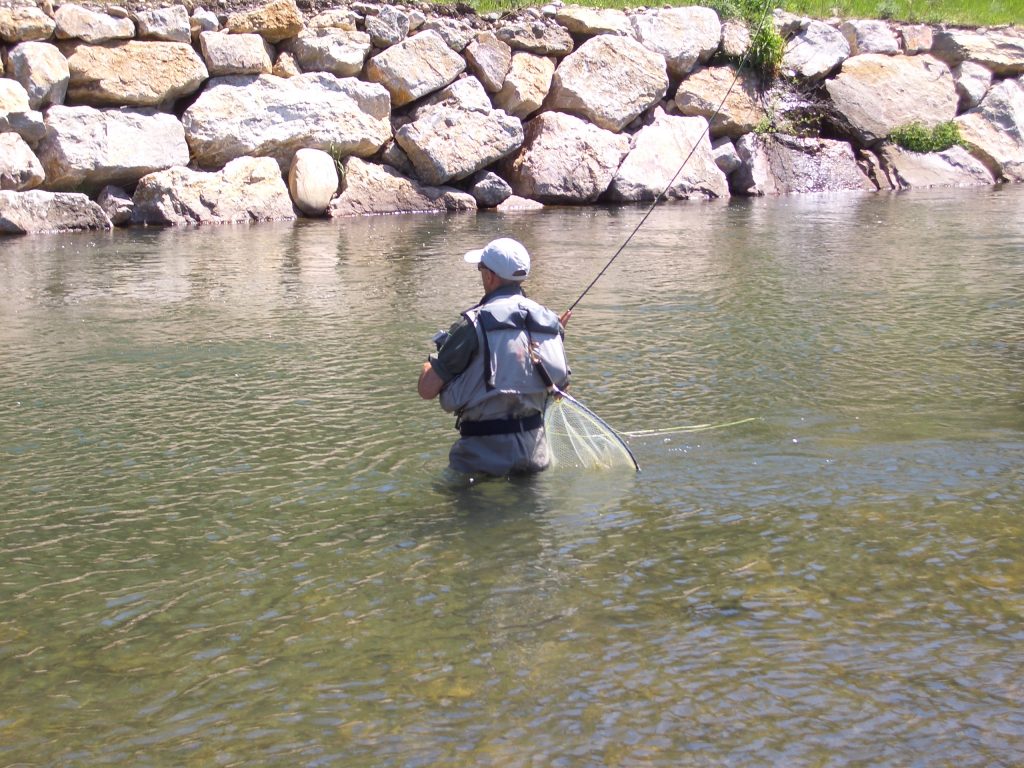
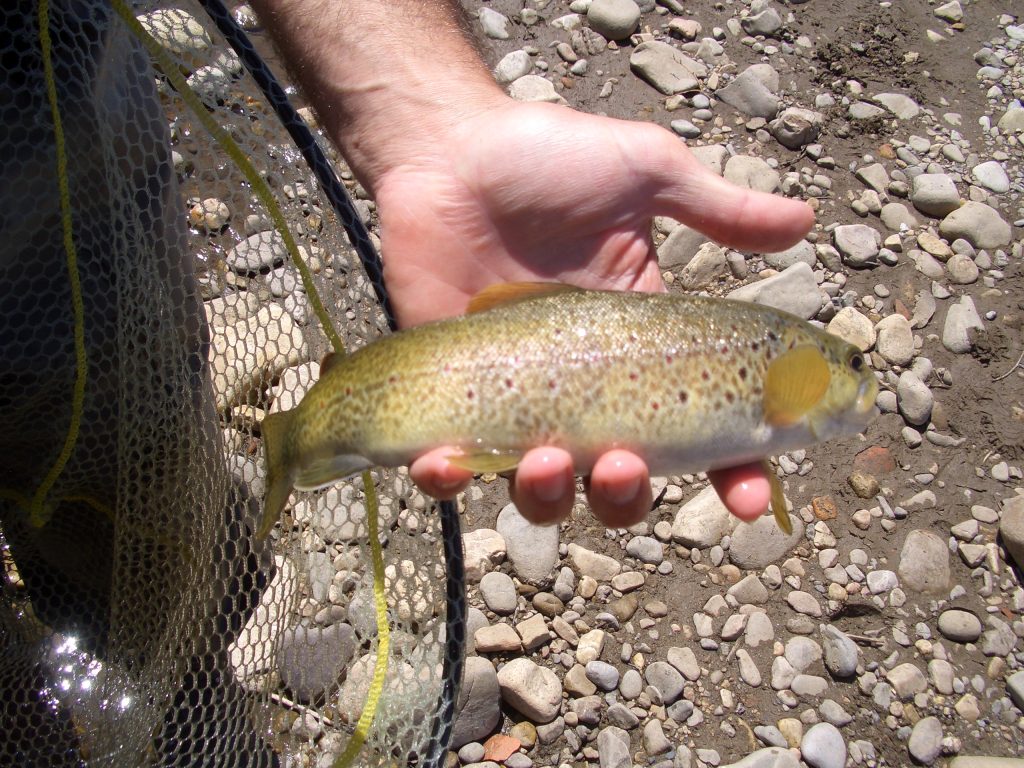
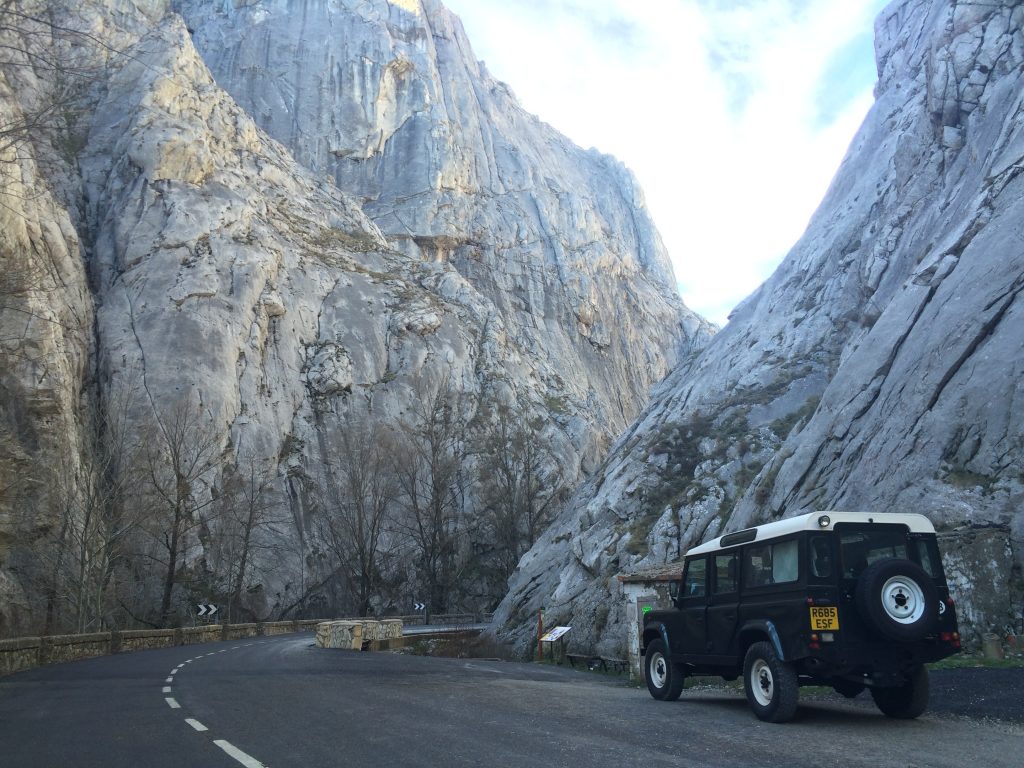
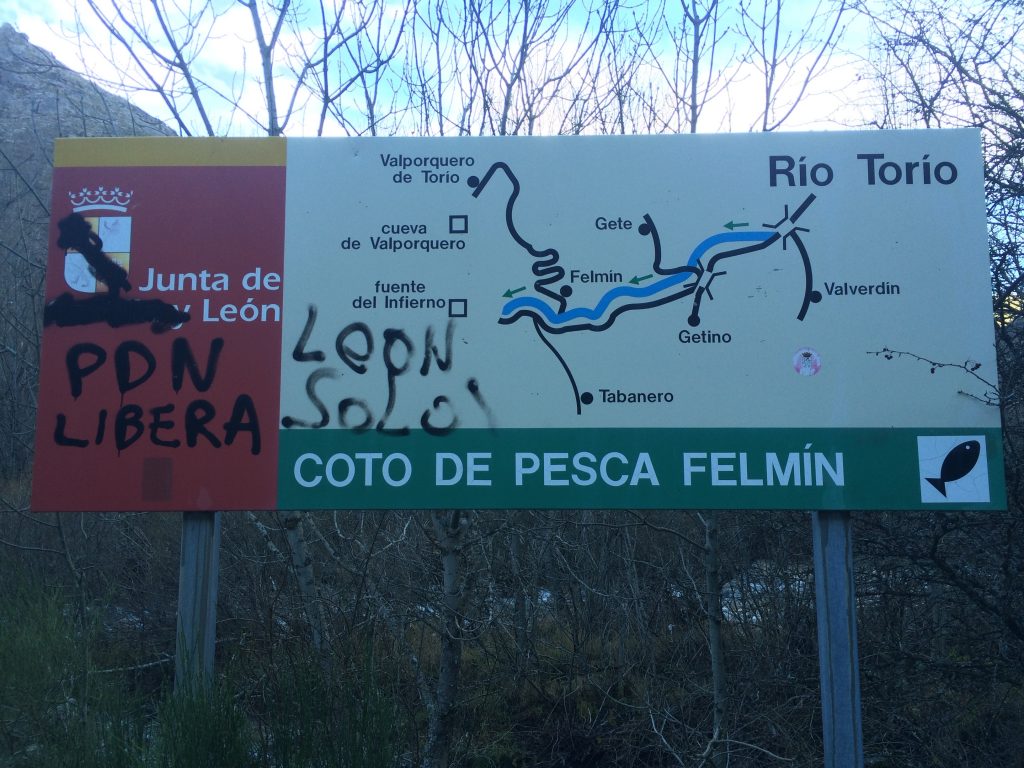
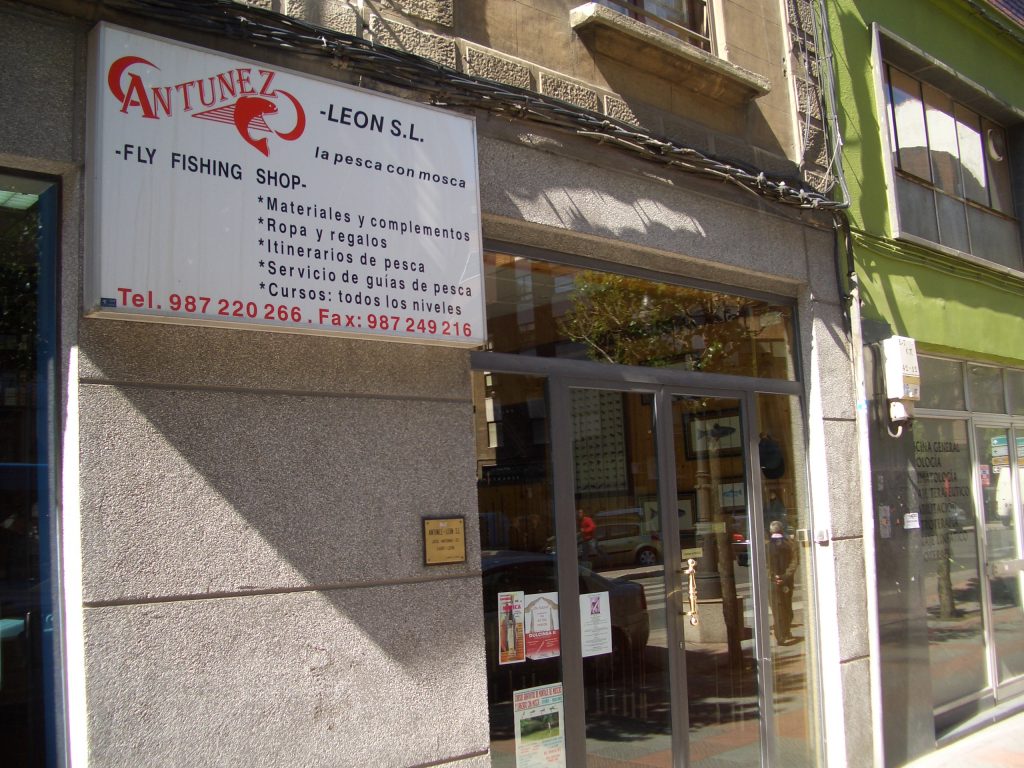
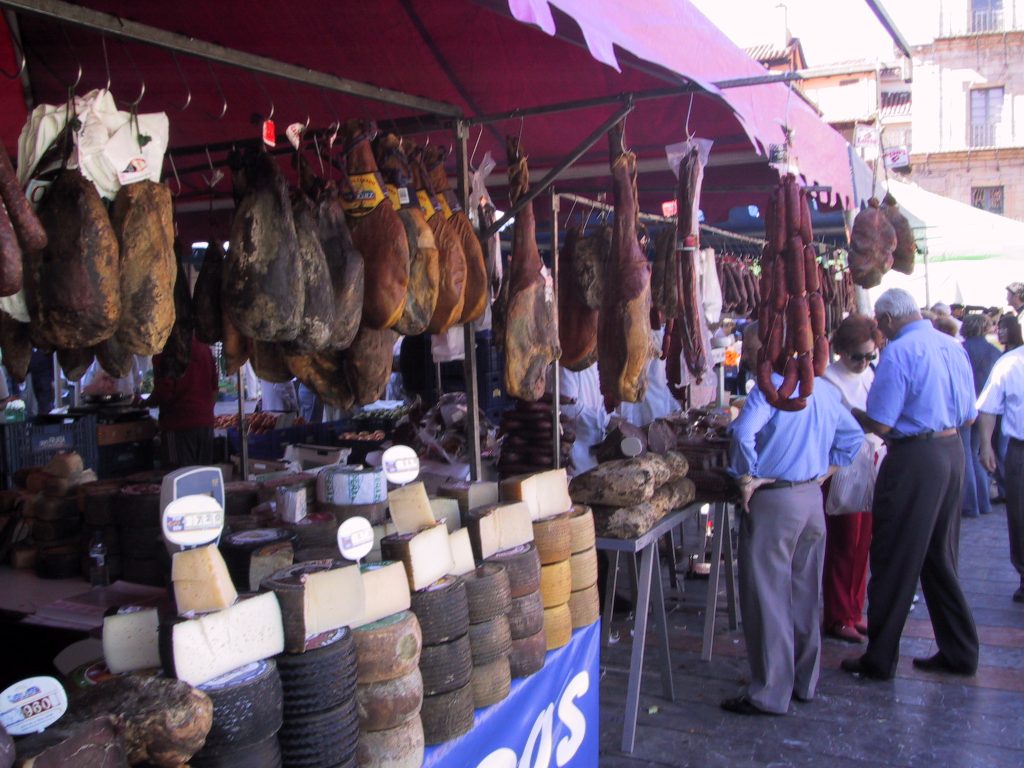
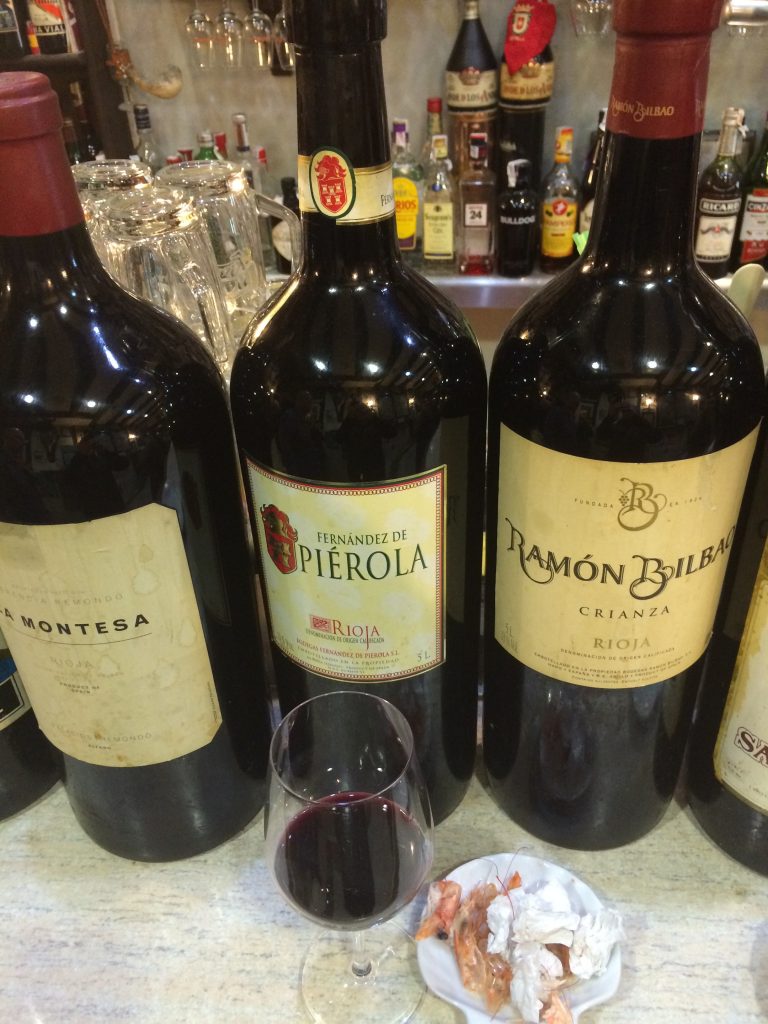
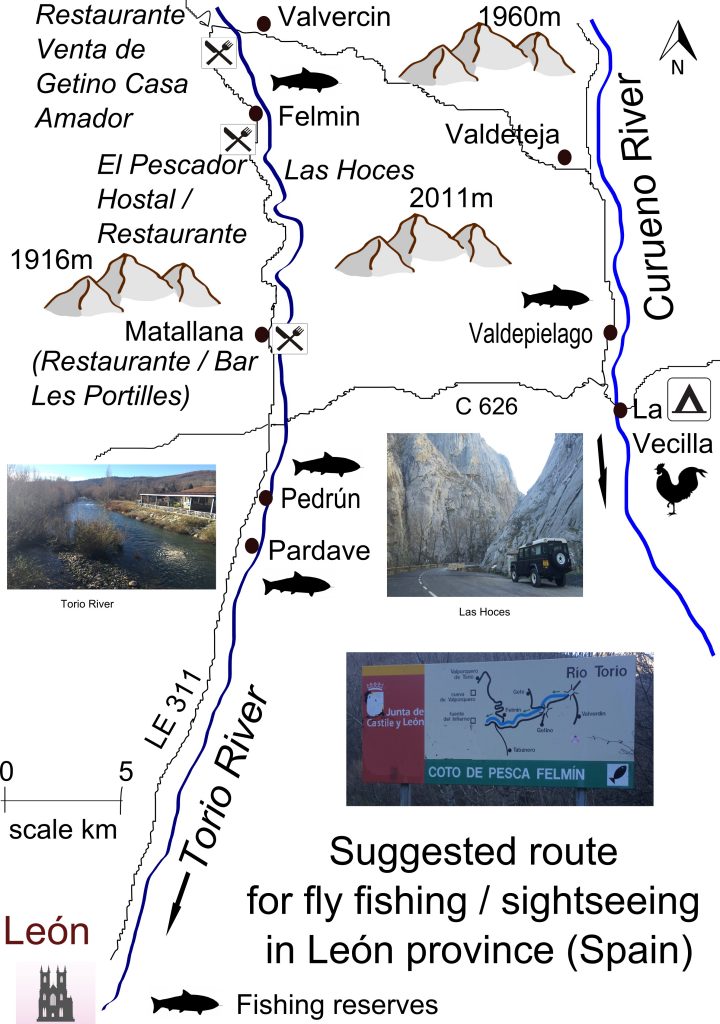
For information about fishing guide books, covering Spain, Portugal and France click here: www.spainfishing.com
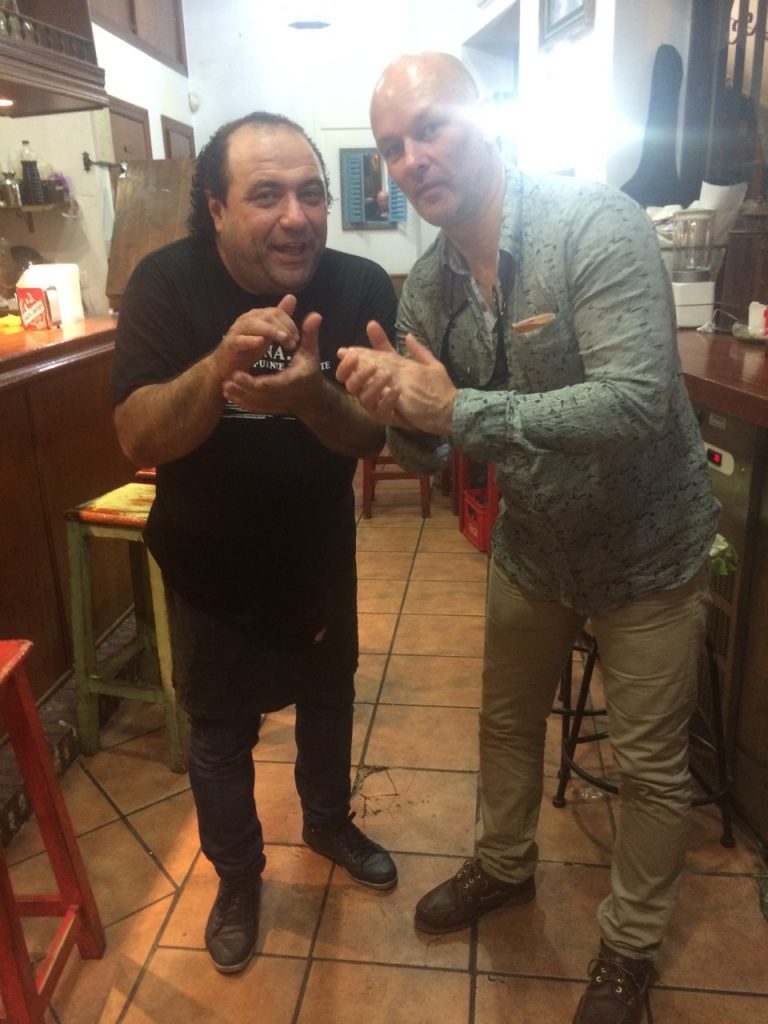

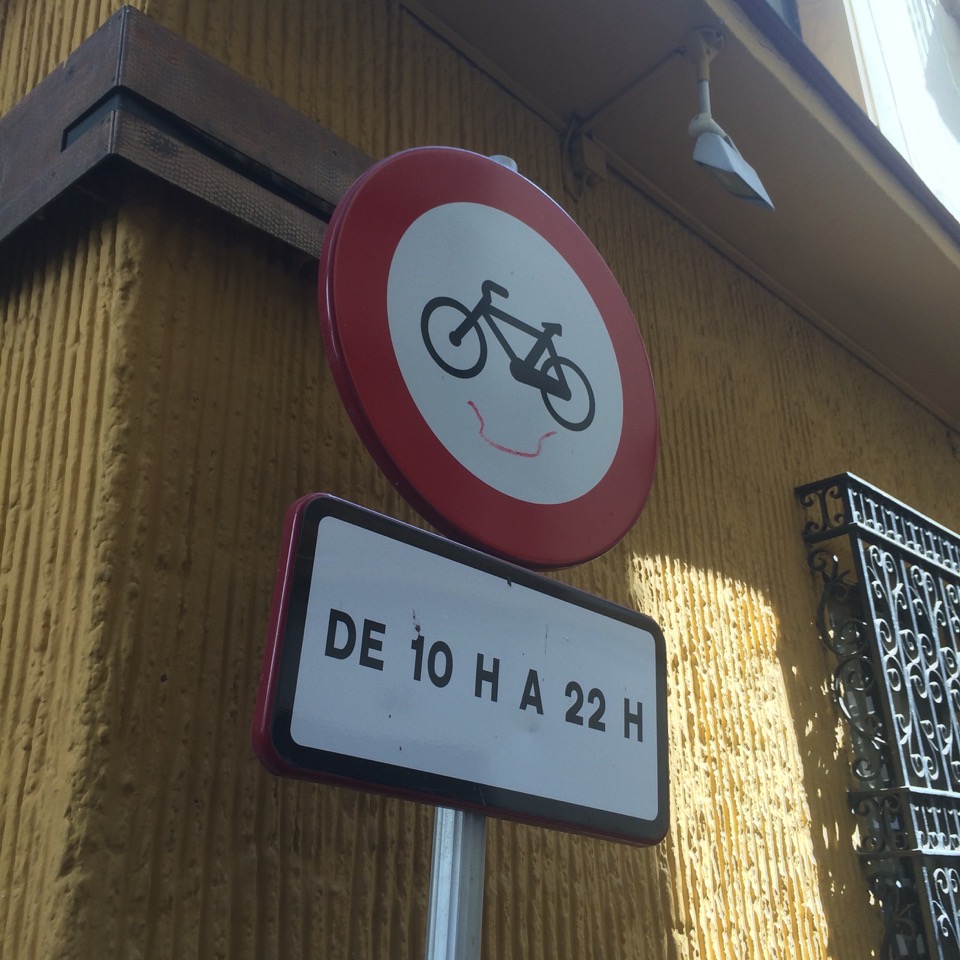
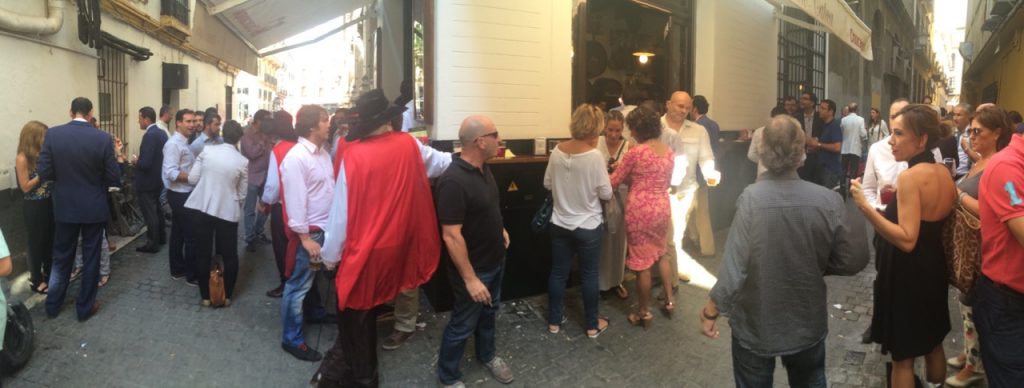
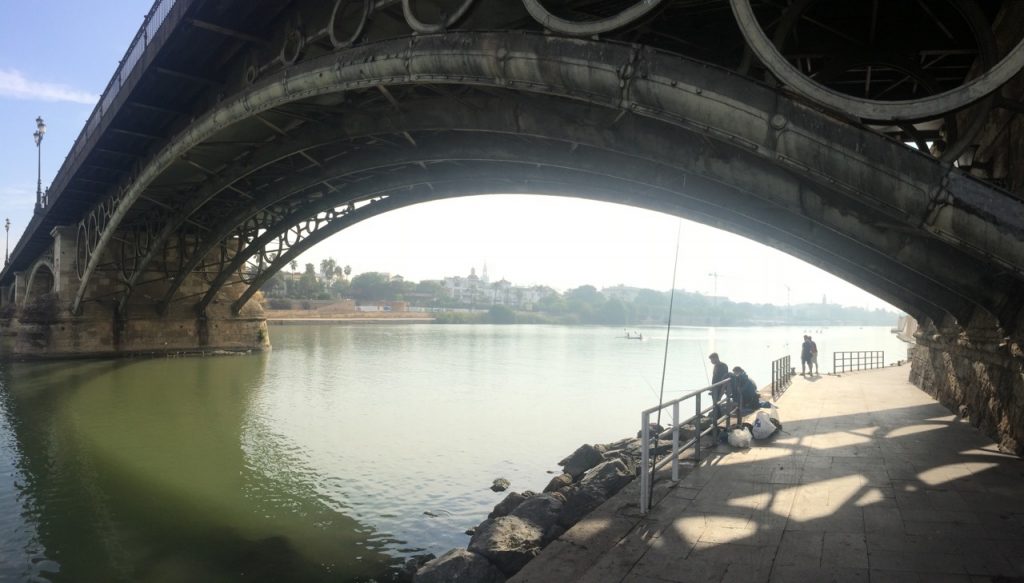
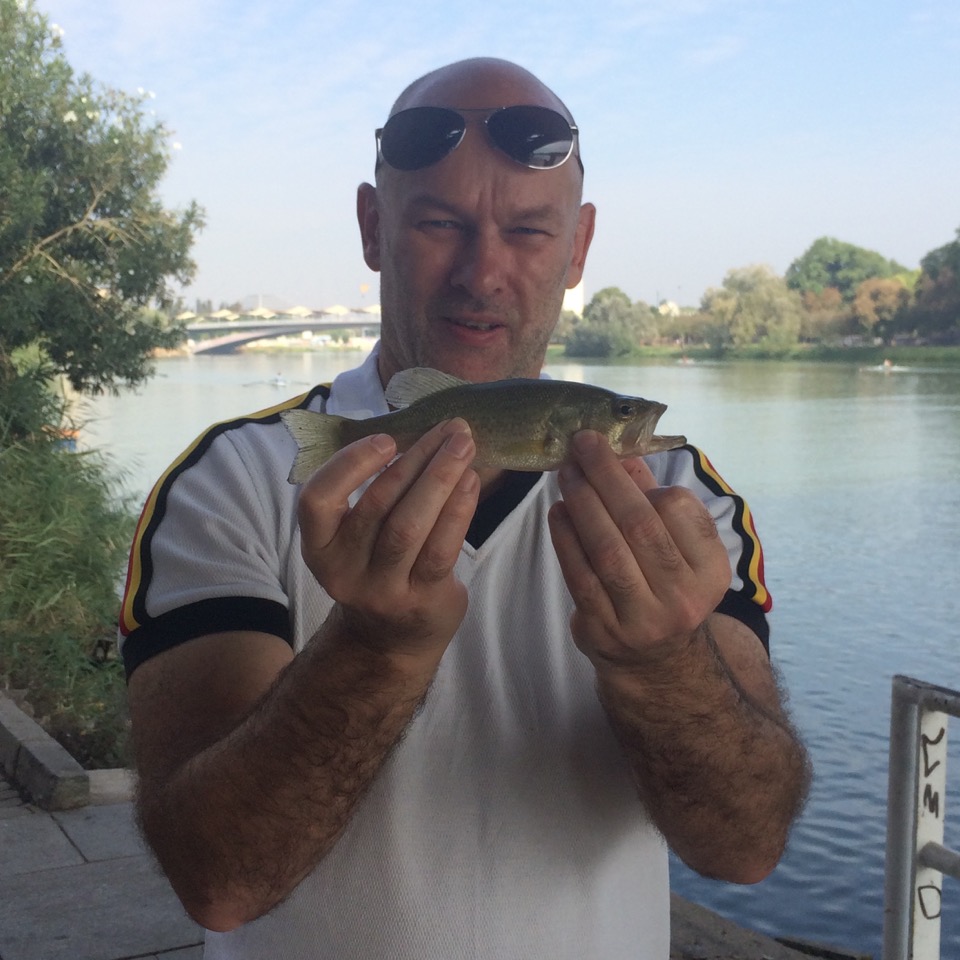
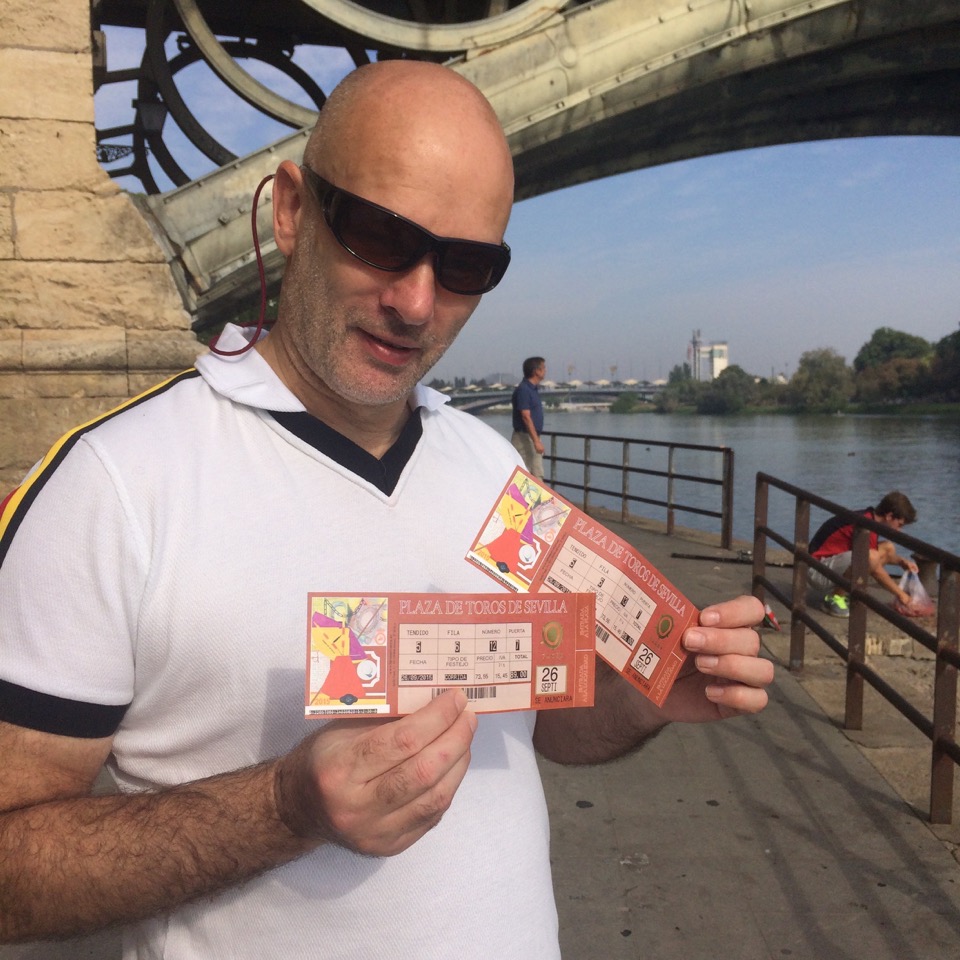
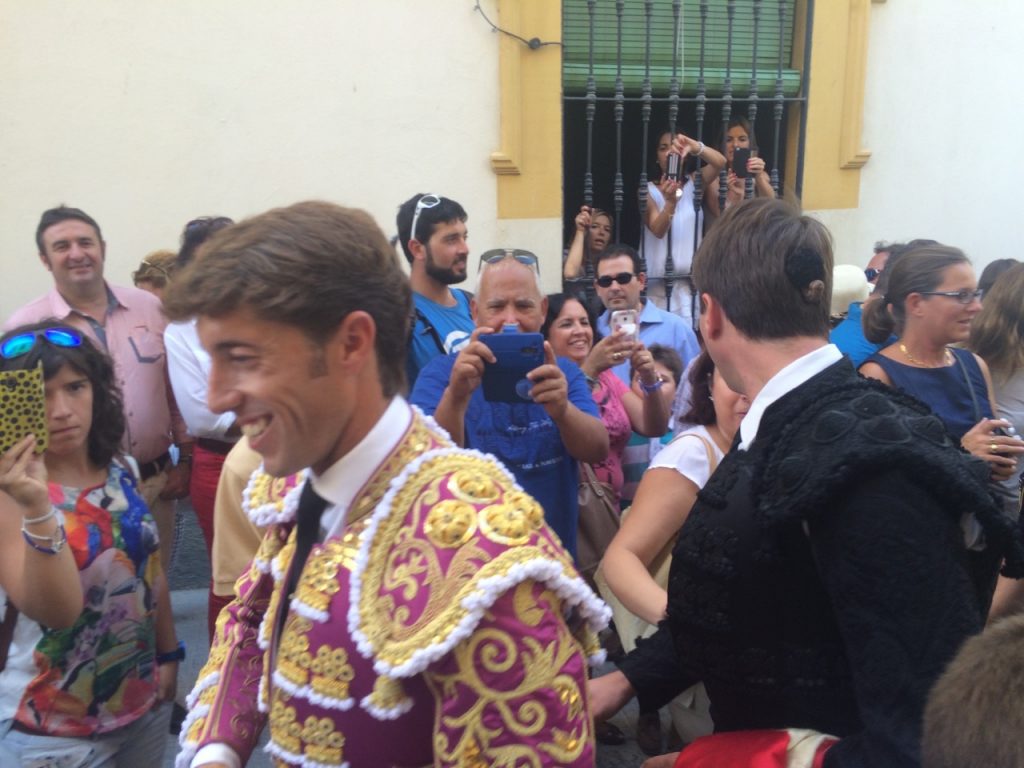
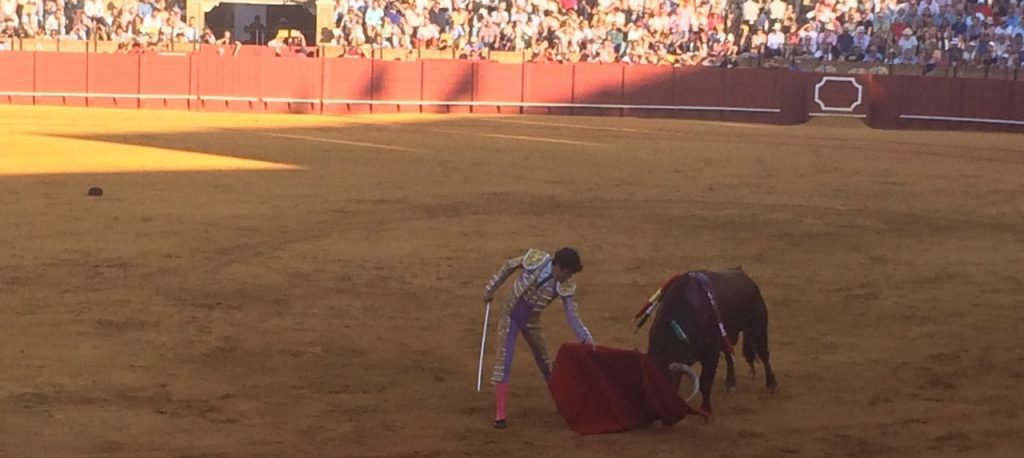

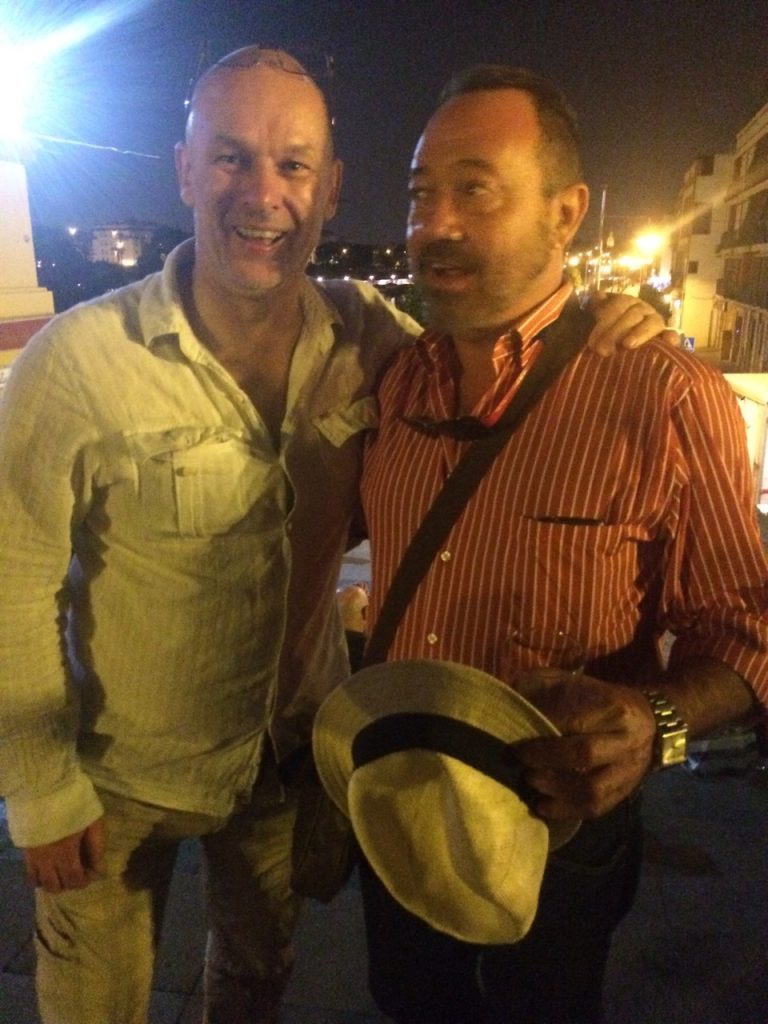
For information about fishing guide books, covering Spain, Portugal and France click here: www.spainfishing.com
The Nazi dictator gave General Franco four pairs of fish, whose descendants have helped replenish reservoirs in the Madrid region.
The story begins 60 years ago, while Europe burns during the Second World War, and post-civil war Madrid faces a tough road towards recovery.
Joaquín Miranda de Onis, professor at the School of Agriculture (Escuela de Ingenieros Agrónomos) is ordered to Madrid airport. There he must collect a package in person from a plane arriving from Berlin, from the Foreign Ministry of the Third Reich. It is a wet, brown fabric package concealing unusual contents: four pairs of Mirror carp, (Cyprinus carpis) a species rarely found in Spain at this time.
Back in July 1939, Hitler had received a triptych of the painter Ignacio Zuloaga, a gift from Franco. Through his Spanish ambassador, Hitler knew that the ‘generalísimo’ was a keen fisherman – Franco enjoyed his time spent fishing the river Mandeo in La Coruña, where he caught salmon up to nine kilos.
Arroyo Manuel Varela, then a student of Joaquín Miranda, recalls “when he collected the carp package, the fish surviving in a moistened envelope, he took them to the School of Agriculture.
Francisco Verdejo a caretaker at the time remembers being the last custodian of that gift from Hitler to Franco. “The carp were deposited in the Queens pond ‘estanque de la Reina’: located on the road that links the Royal Palace with El Pardo is a pool, which receives water from a covered well – forty meters long and more than twenty metres wide and up 4.30 meters deep, ”
Verdejo continues. “The mirror carp ate, got fat and grew, until one day in 1994 when the bed of the pond cracked; causing leaks and had to be drained.” Then, the four pairs of fish had multiplied so that between them and their descendants were counted up to 7,000 descendants,” he says. In small PVC tanks, those carp, including one of 24 kilos, almost a meter in length and at least six of 16 kilos each, were taken to a fish farm next to the Migas Calientes, municipal treatment plant located across the M-30 ring road. “I photographed the largest Mirro carp,” says Verdejo.
With these Mirror carp some of Madrid’s rivers and lakes, on whose banks fishermen compete every weekend, were repopulated. “However,” says Miguel Vicente Batalla, biologist, “the Mirror carp arrived at the farm but I think that a large proportion was forwarded to the School of Agriculture”. However, according to Francisco Verdejo, “once the estanque de la Reina was repaired, I personally ordered it repopulated, but with red carp – another species.”
Other witnesses point out that during the catastrophic flood caused by the river Manzanares overflowing in the early summer of 1994, the fish farm was destroyed and most of those Mirror carp were killed by the deluge. It’s now estimated that around 12,000 descendants of the four original Mirror carp in excess of 8 cm size inhabit the river alongside the capital’s nine bridges and in two water treatment plants.
Today Mirror carp are also called Raza de Galitzia. Perhaps a reference to their origin: a gift from the Reichsführer to his friend Francisco Franco ‘Generalísimo de los Ejércitos’ and head of the Spanish State.
For further advice visit: spainfishing.com
This is an account of a trip made by UK angler Geoff Langman and his friend to Asturias, for ten days at the beginning of June in 2012.
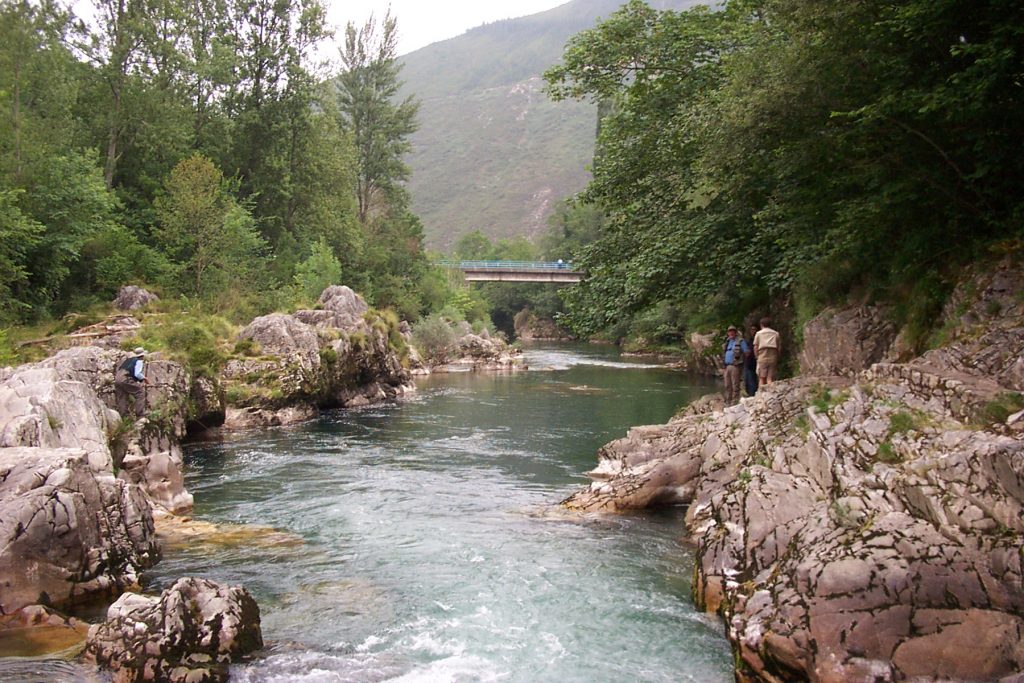
The owner (Jamie) of our first hotel, located near Cano, kindly sorted out our licences on our arrival. As we did not have access to the day ticket, cotos (fishing reserves ) we fished the free fishing areas. Caught small (six inches long) trout to spinner. We were amazed at how the cotos were hammered with large number of anglers on small stretches from dawn to dusk. I queried whether the large numbers would all have had permits but was assured that this is the case – are permit numbers for cotos given out irrespective of the size of coto ?
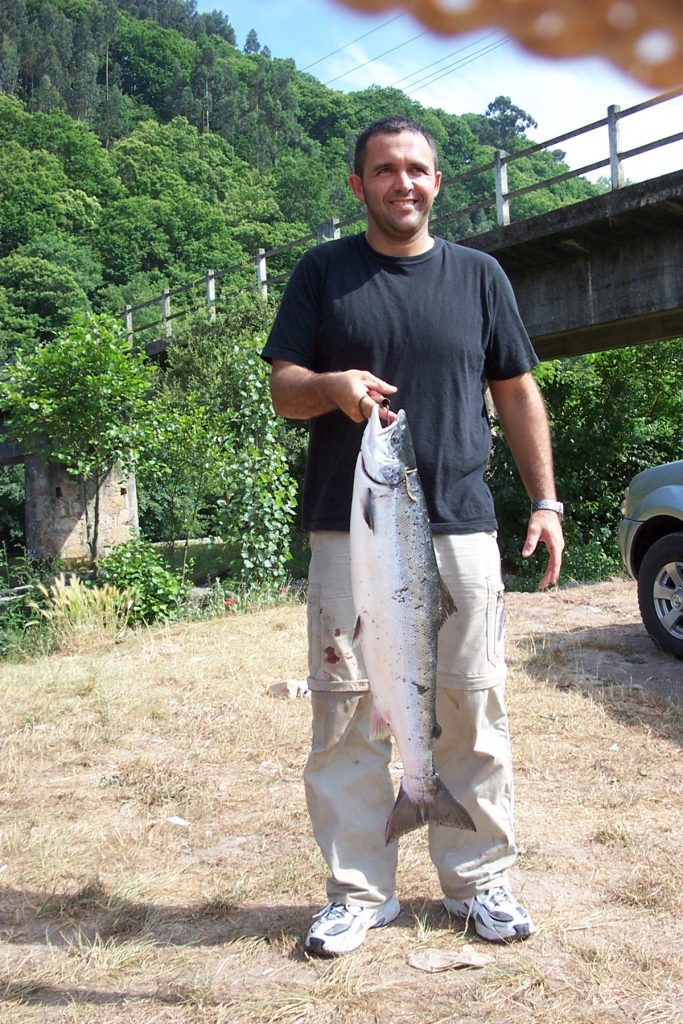
The water was low and it seemed from conversation that unless you had access to a coto you chances of catching a salmon were low. Also the steep gradient of the river in a relatively short number distance means that the salmon move from coto to coto; and the steep, tree covered banks restrict space to cast a fly lure from the banks of the river Sella.
We found our next hotel to be a more comfortable hotel than the previous and once again the owners were very helpful.
By now are expectation had reduced. We walked about six kilometres of the river Cares on the first evening and did not see a rise! On the second day we came across a friend of the hotel owner who has fished the river for thirty years and I explained our experience on the rver Sella and remarked about the lack of life in the river Cares. In essence he said that cormorents had moved on to the river about 3-4 years ago and had wiped out the trout, before themselves moving on. The lack of insect life in the river was as a result of a large flood the previous winter. Fish are being caught but mainly in the cotos – a friend of his had caught a dozen sea trout over 2 kilograms form a coto the previous week. The lack of bird life along the river was also noticeable. Other than migratory fish it appeared to be a dead river.
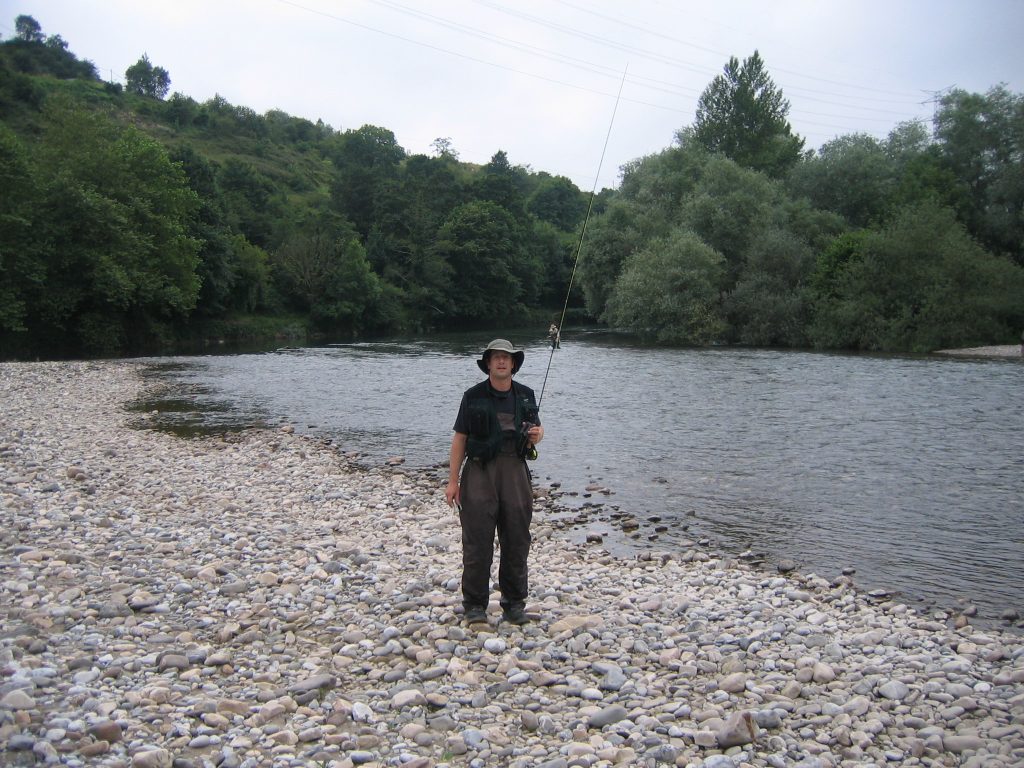
By looking at the previous years salmon returns for the river it seemed that 60% of the fish were caught in four cotos. We decided to them concentrate on trout only waters and fished a small river nearby and caught small trout on fly lures from stretches which were difficult to reach.
Jose Concha, our host at our next hotel close to Llanes, was most welcoming and showed us his small trout river – the river Bedon, and we fished in low water the stretch were you have taken his photo which is in your book (The Smooth Guide to Fishing in Asturias) – he was happy to see the photo. It was very difficult (one small trout) fishing but enjoyable. There was a large number of mullet in the river, but as usual they ignored our offerings.
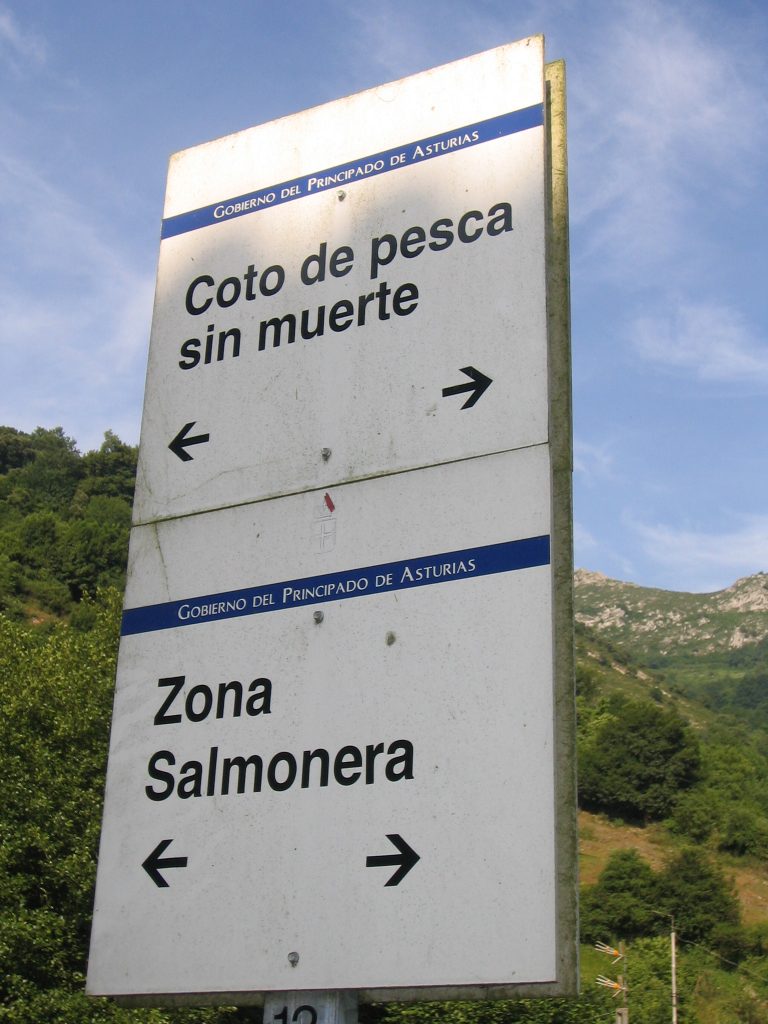
Overall we very much enjoyed our break as we like the northern Spanish region of Asturias. As regards the fishing we would go again but only for trout. Clearly salmon are to be had in the cotos but they seemed to be too many permits issued to make fishing enjoyable and the lack of life in the main rivers must be a ongoing concern. A special mention goes to Phil’s fishing guide book for Asturias, which provided us with a wealth of valuable information for north Spain’.
Get in touch for information about accommodation and fishing guides for Spain. Email: philippembroke007@hotmail.com
For information about fishing guide books, covering Spain, Portugal and France click here: www.spainfishing.com